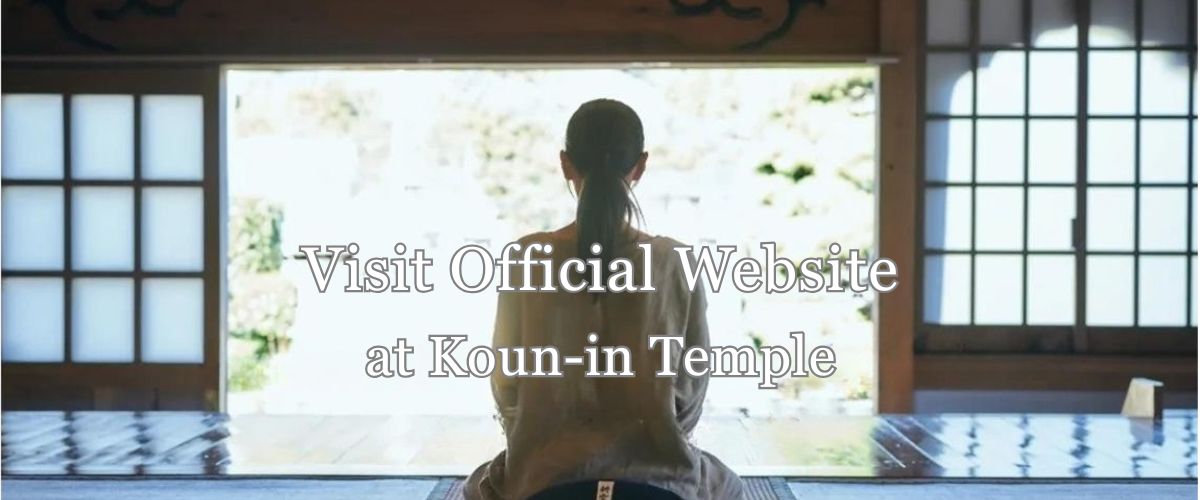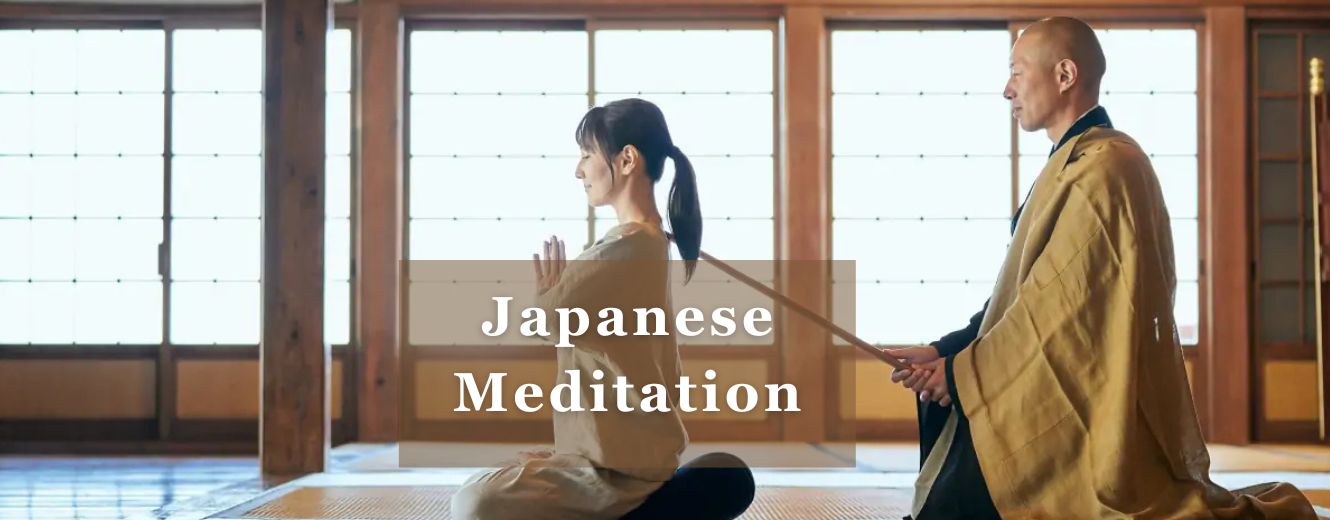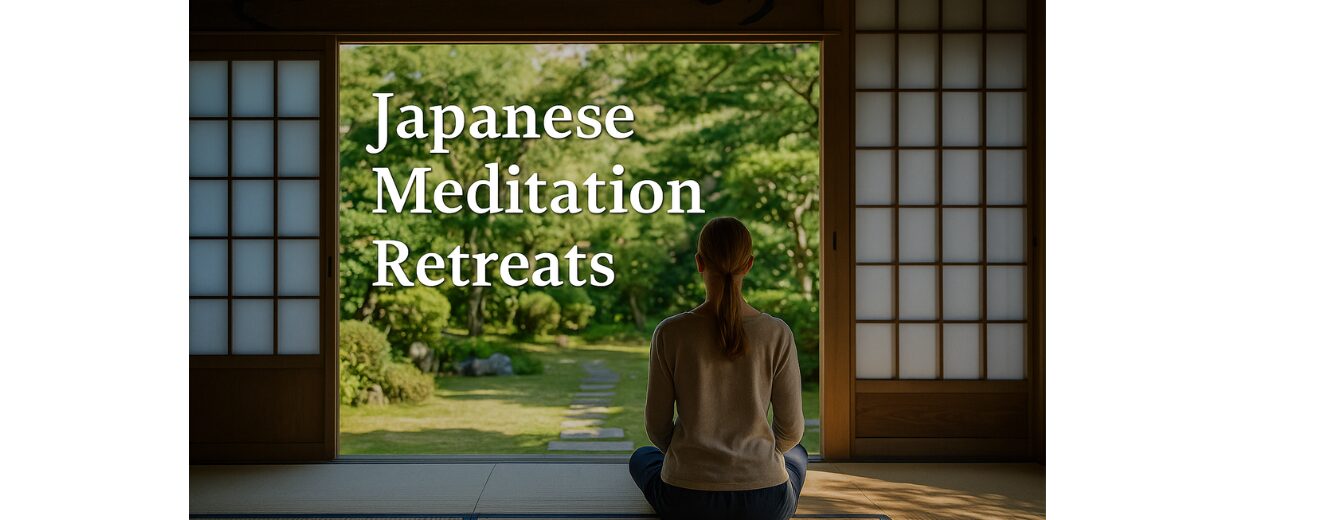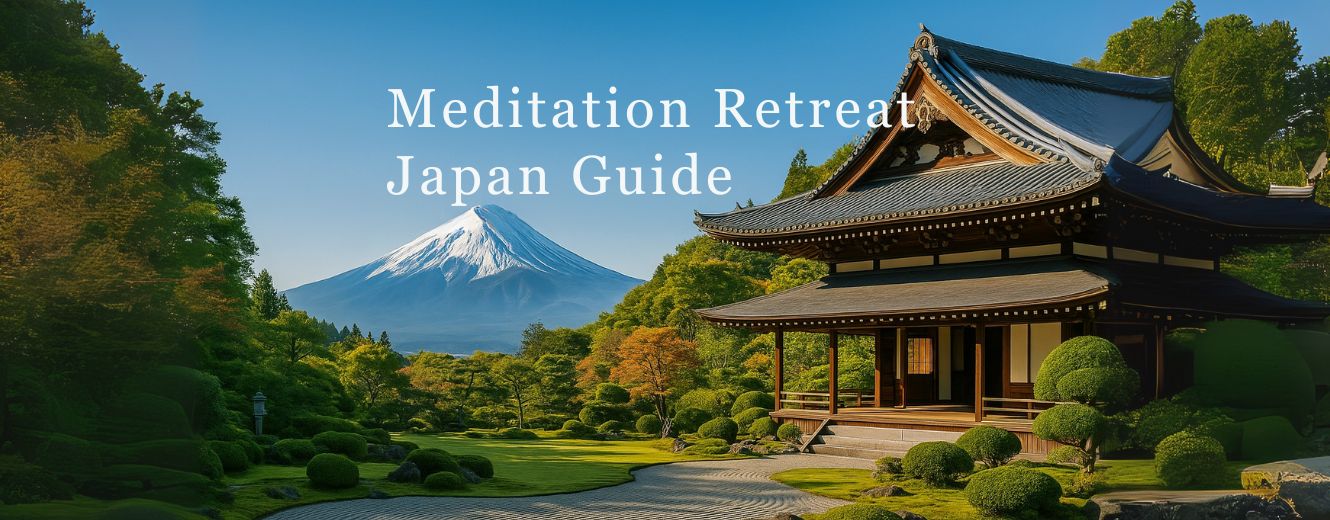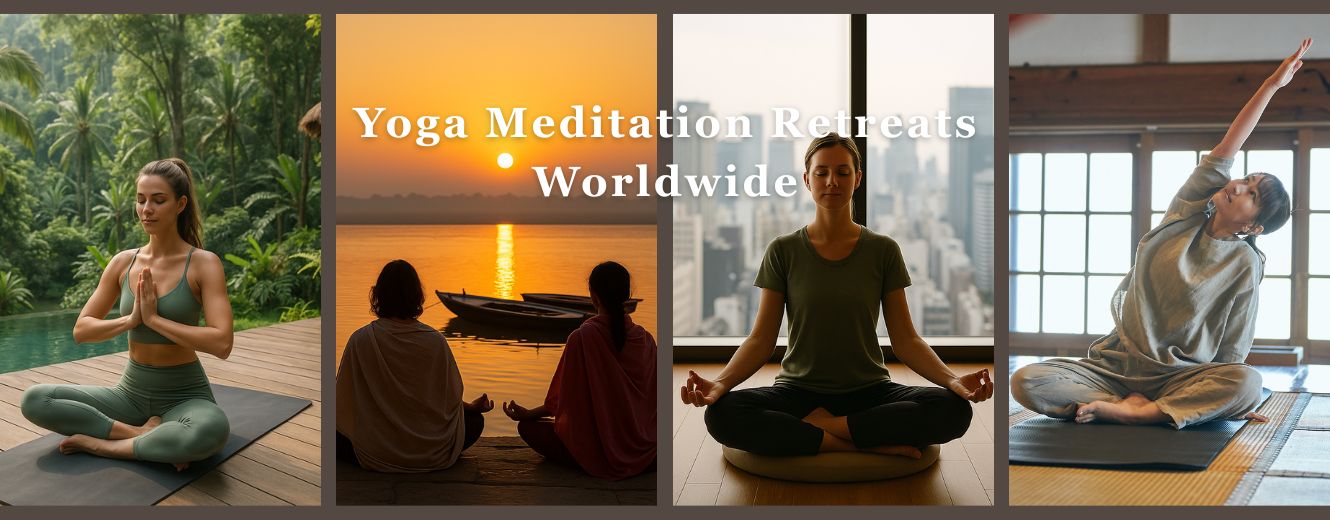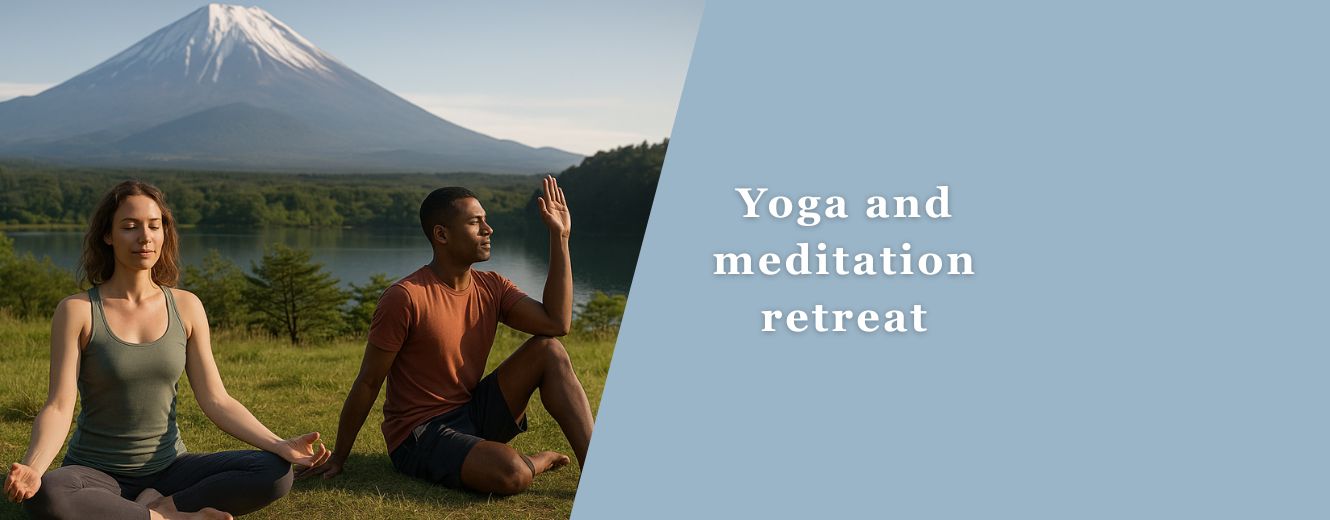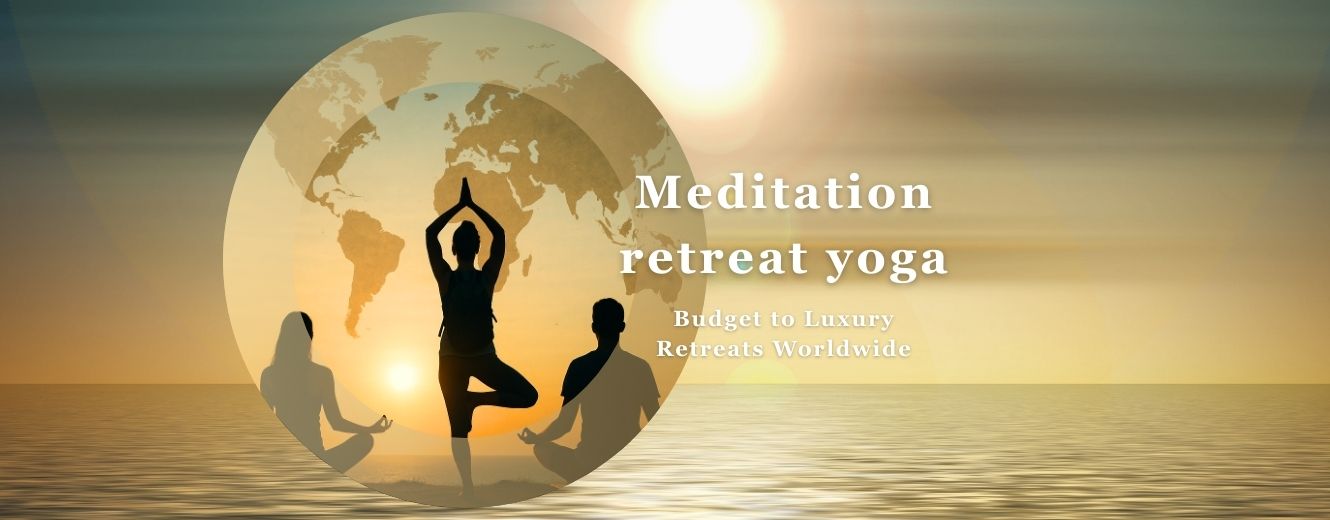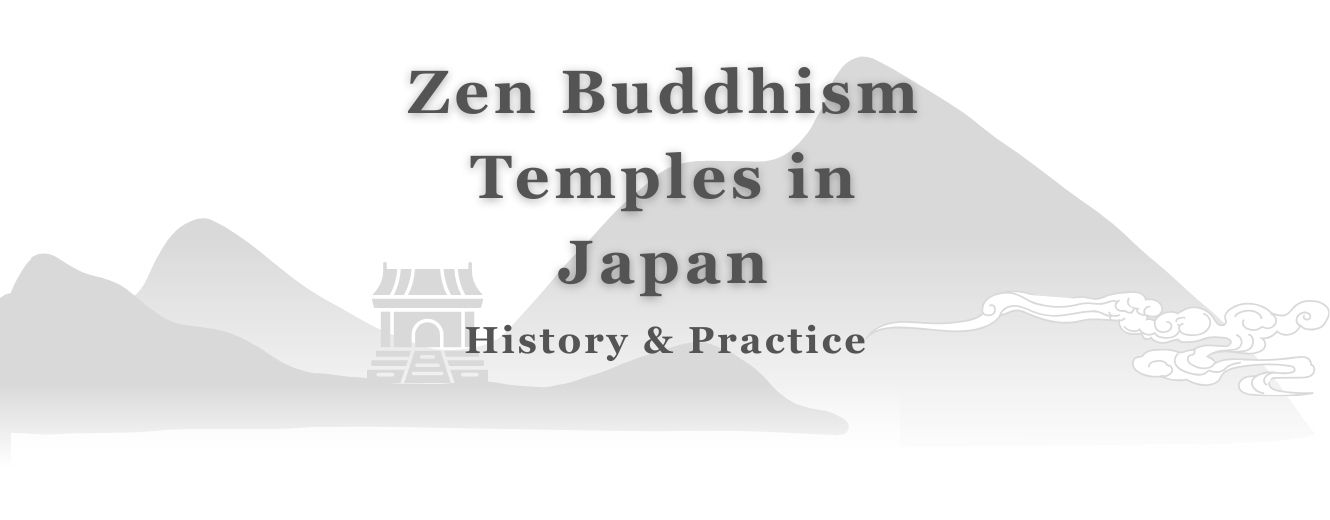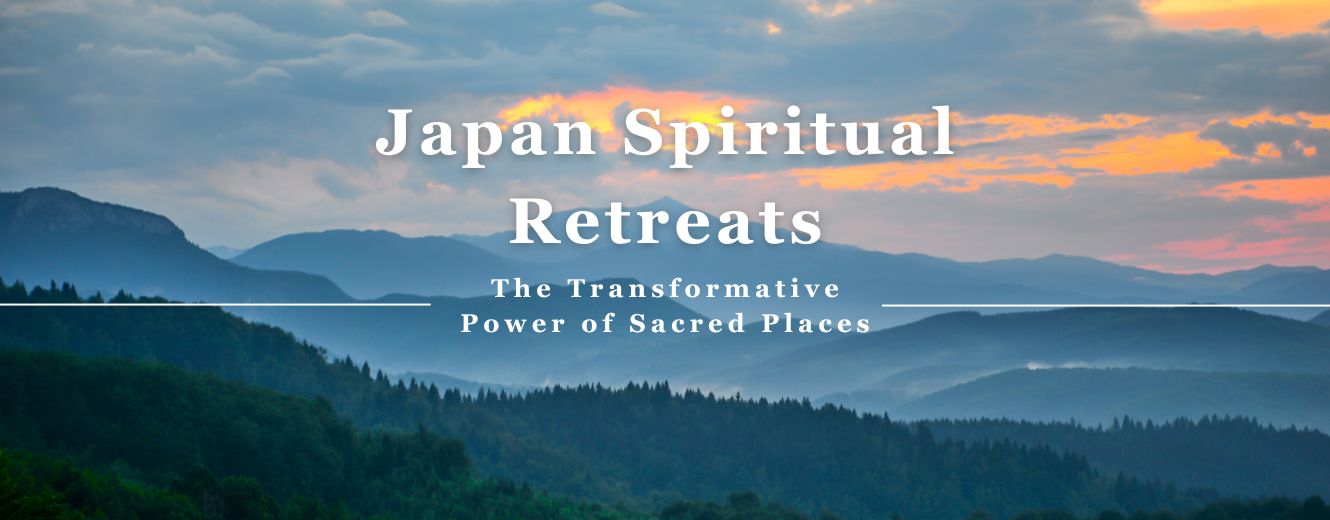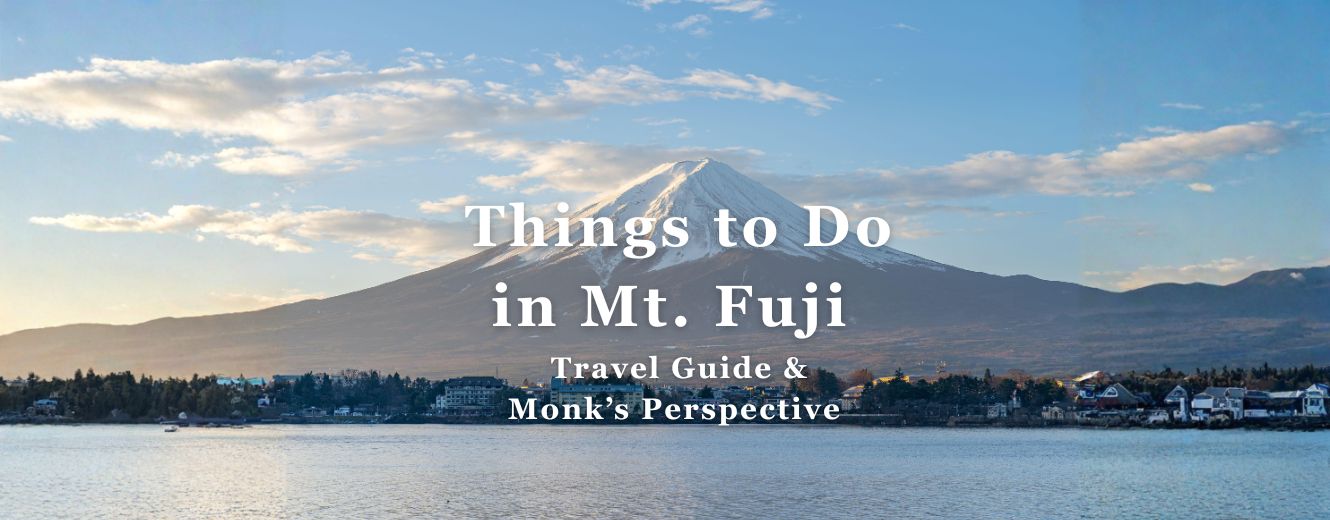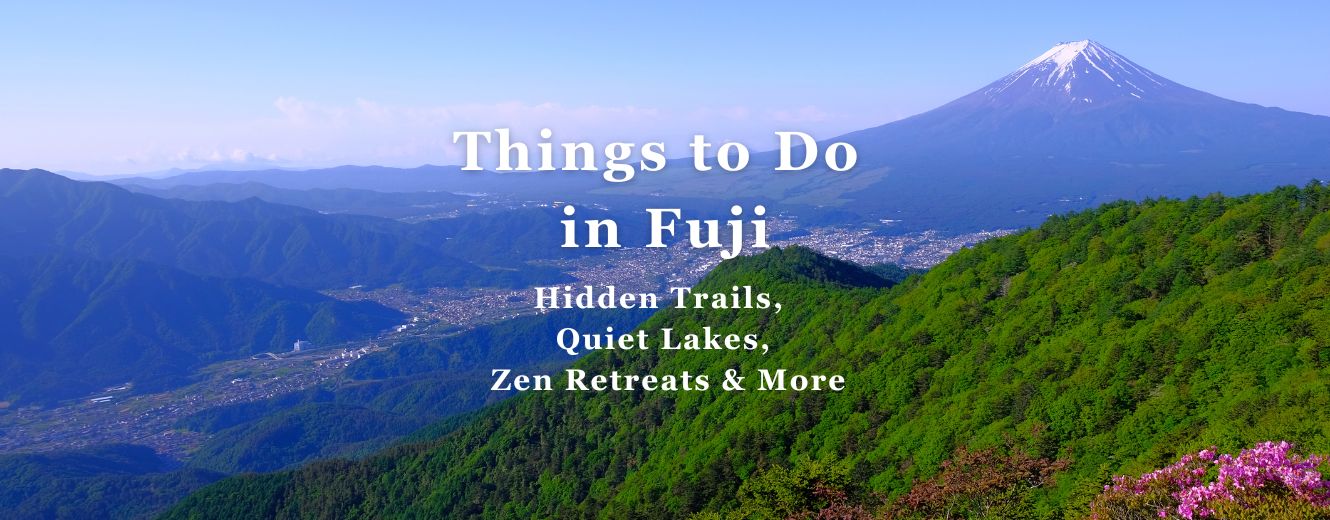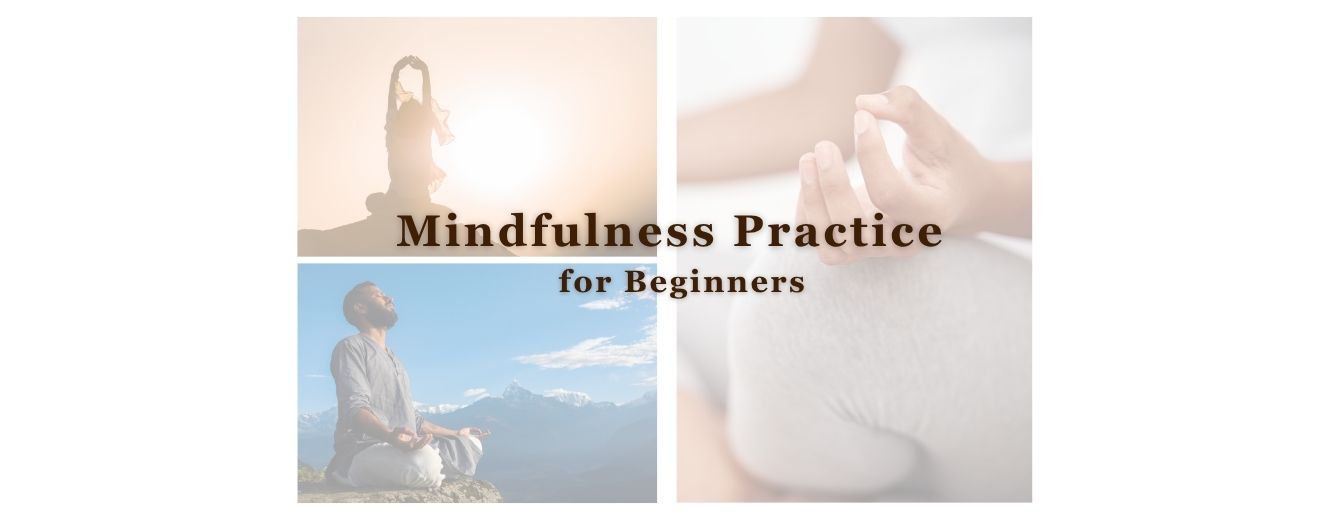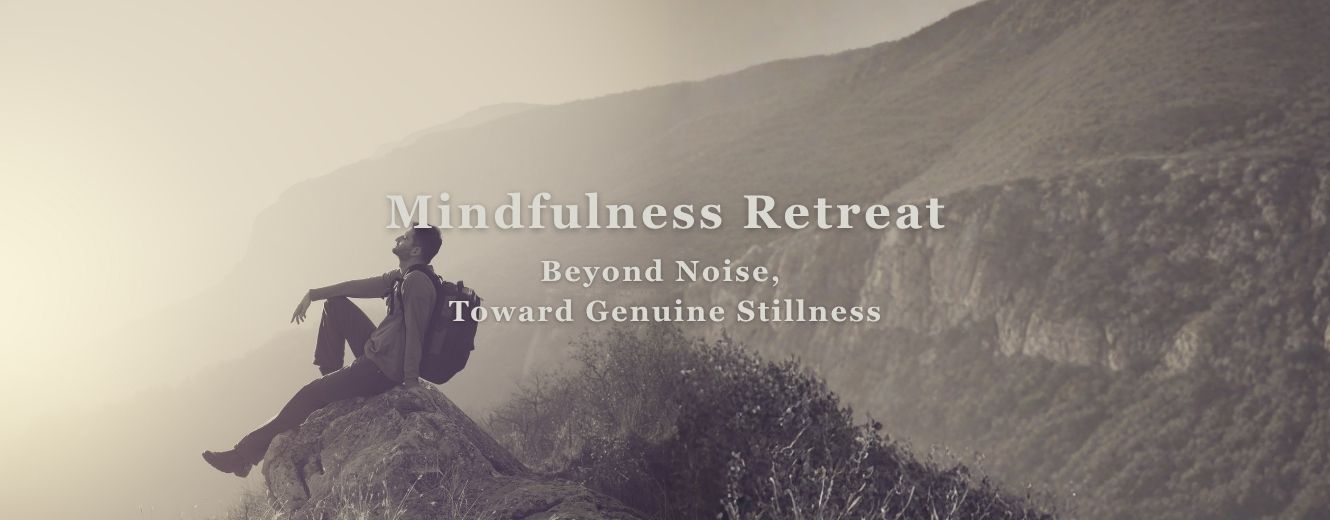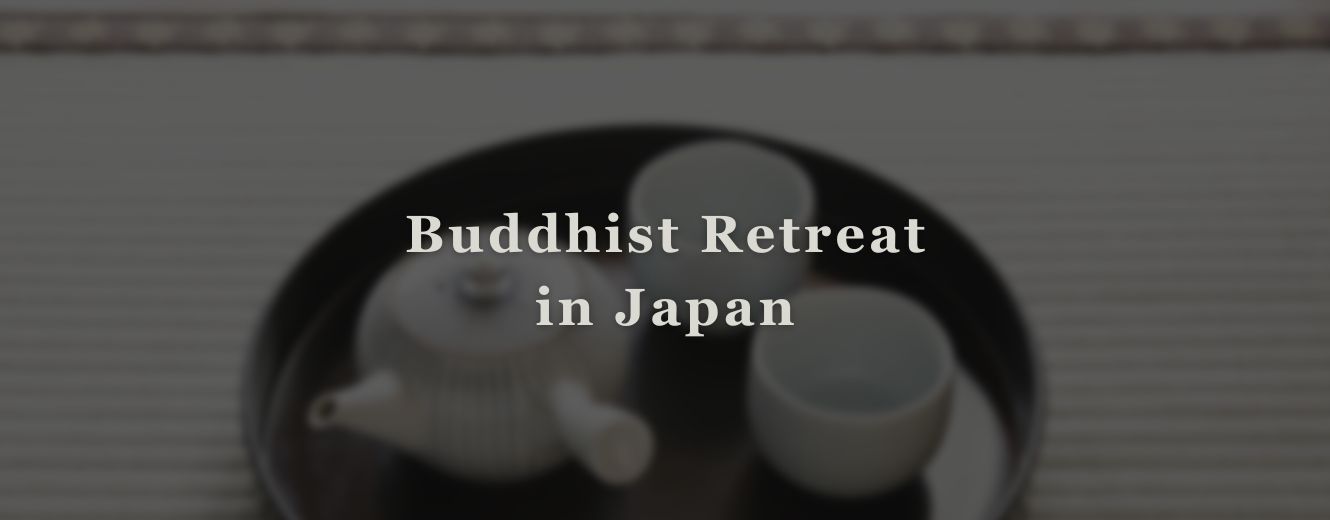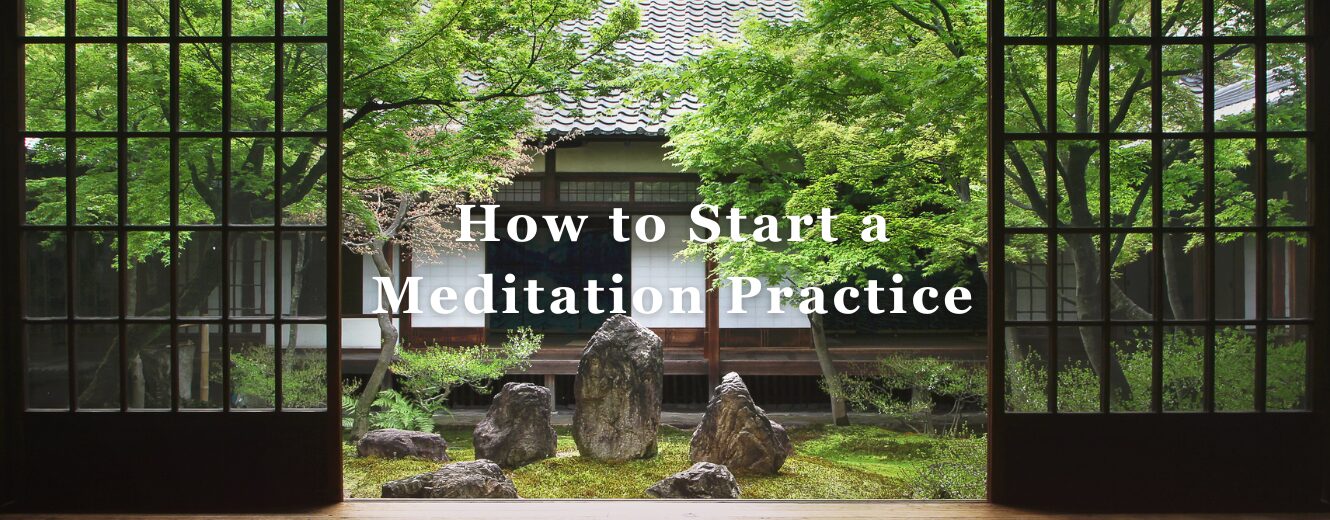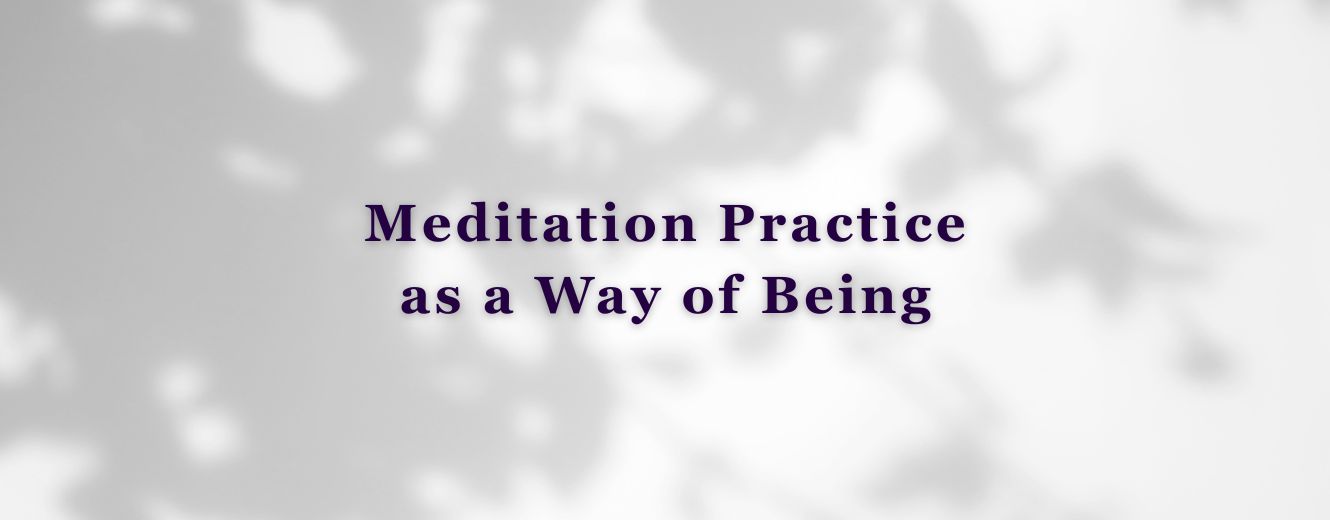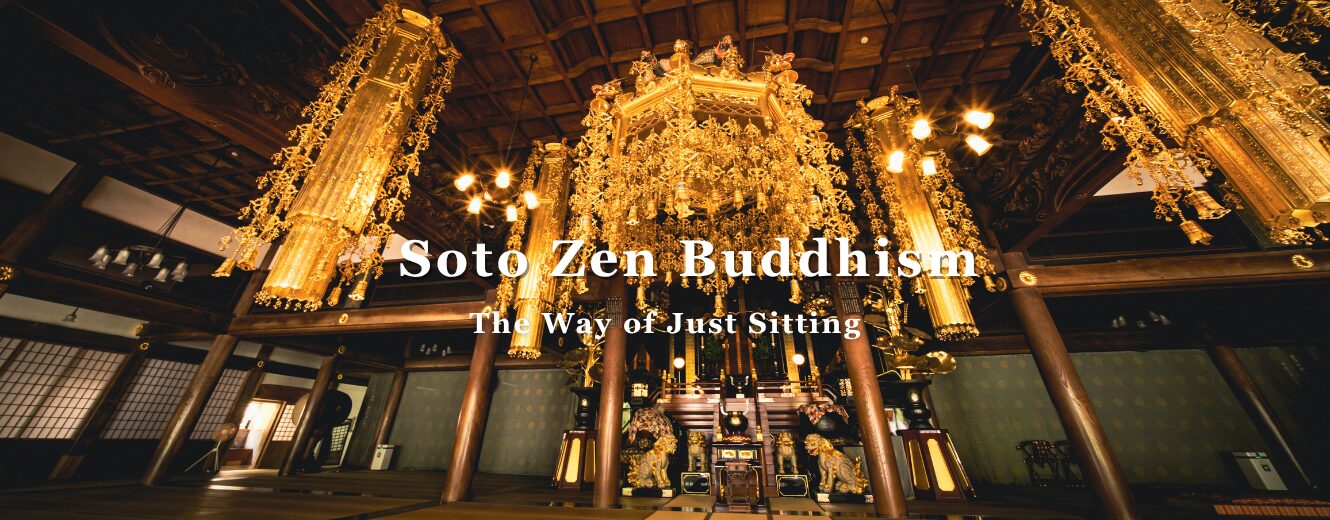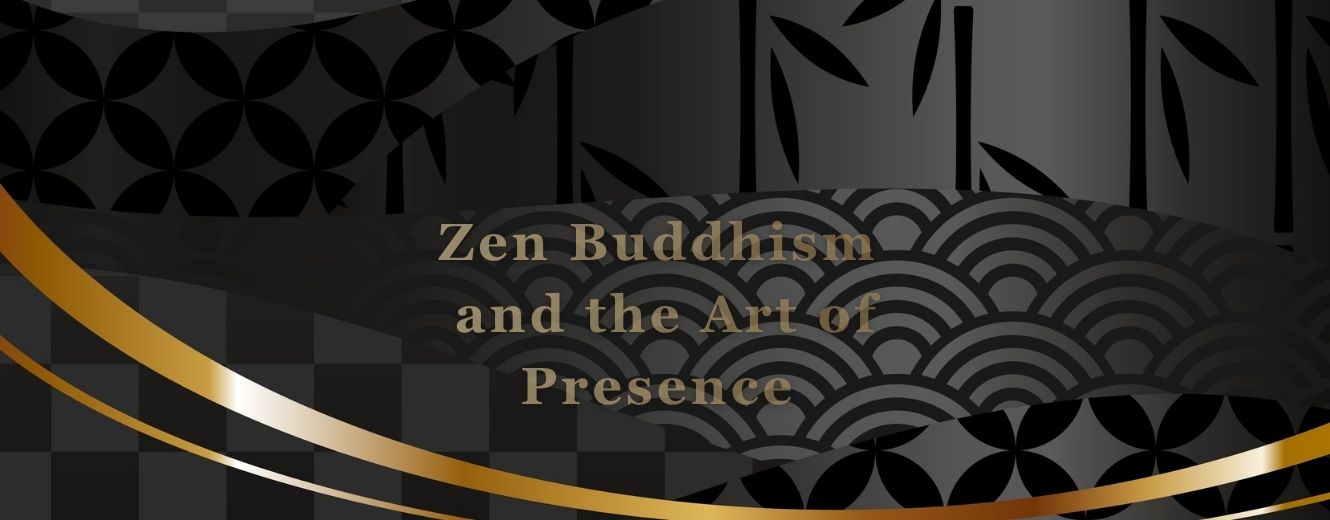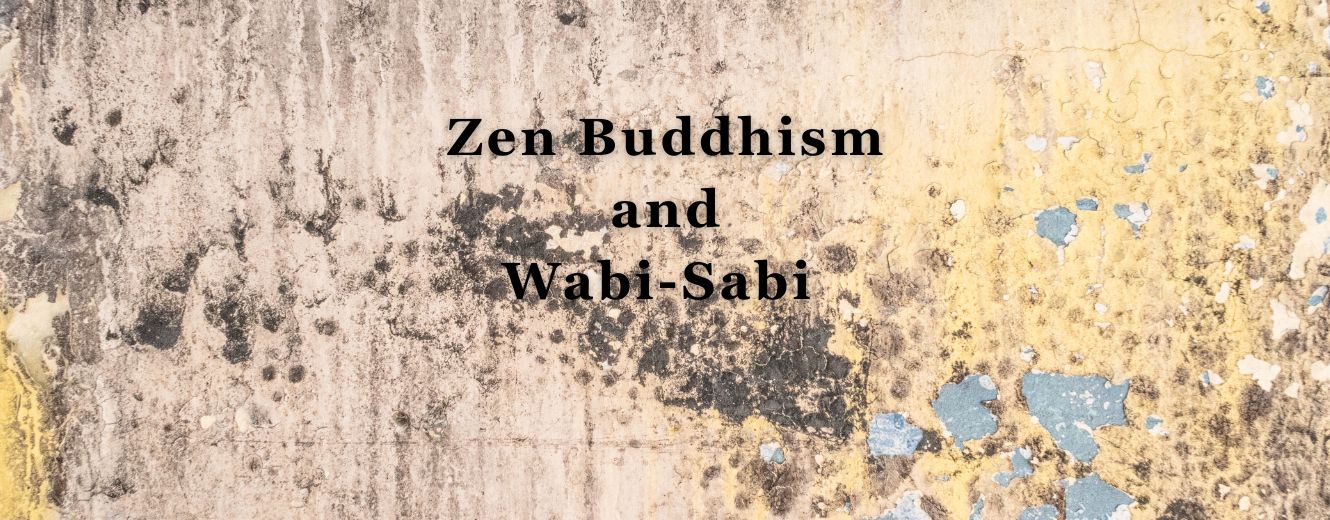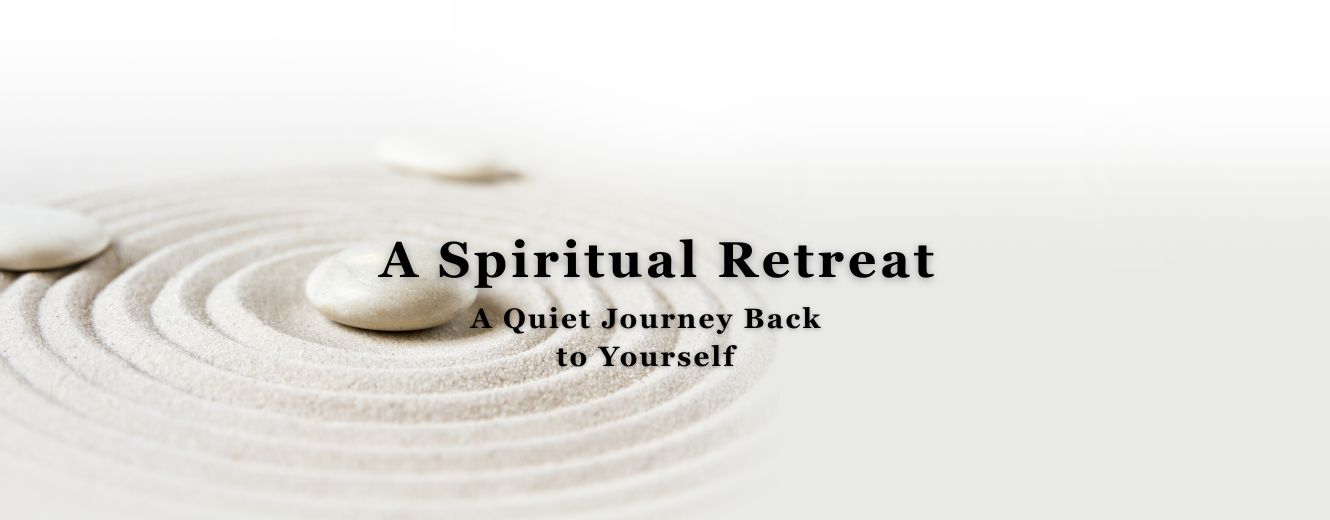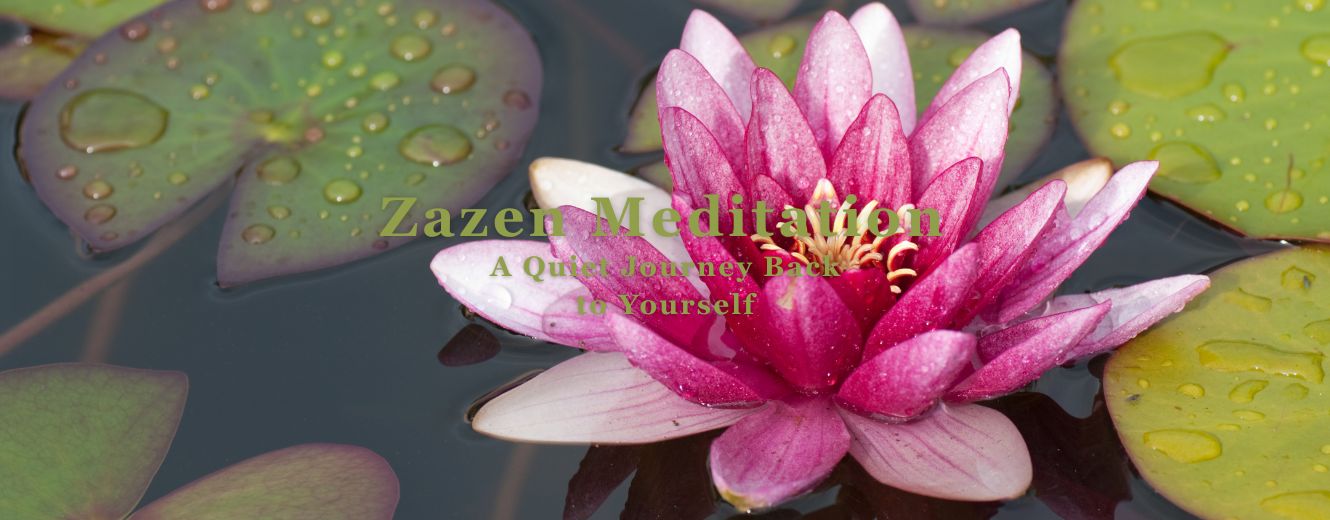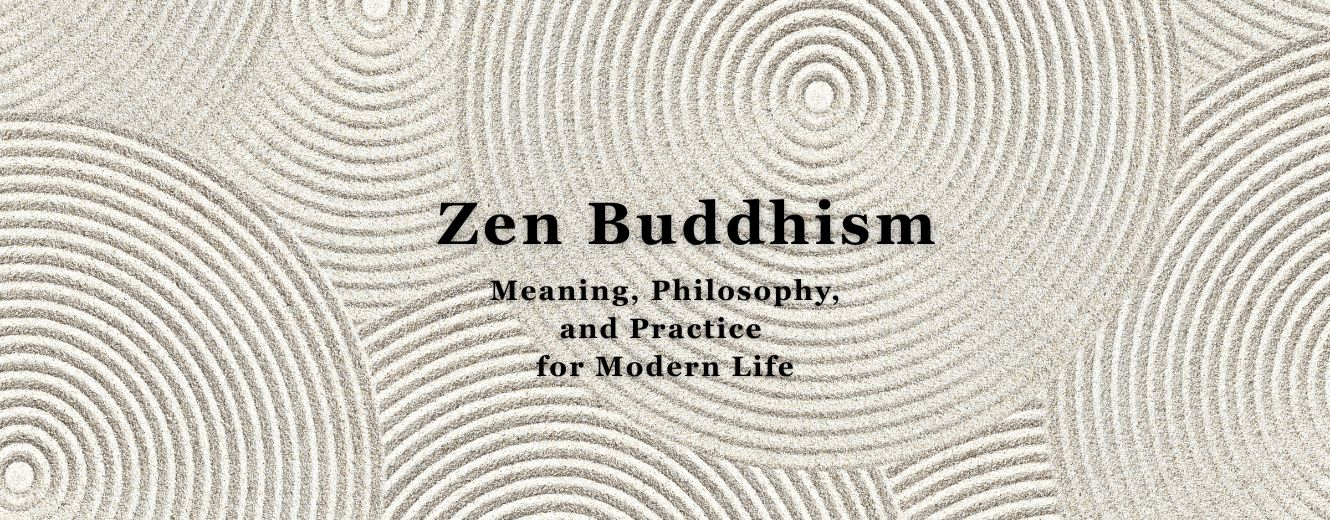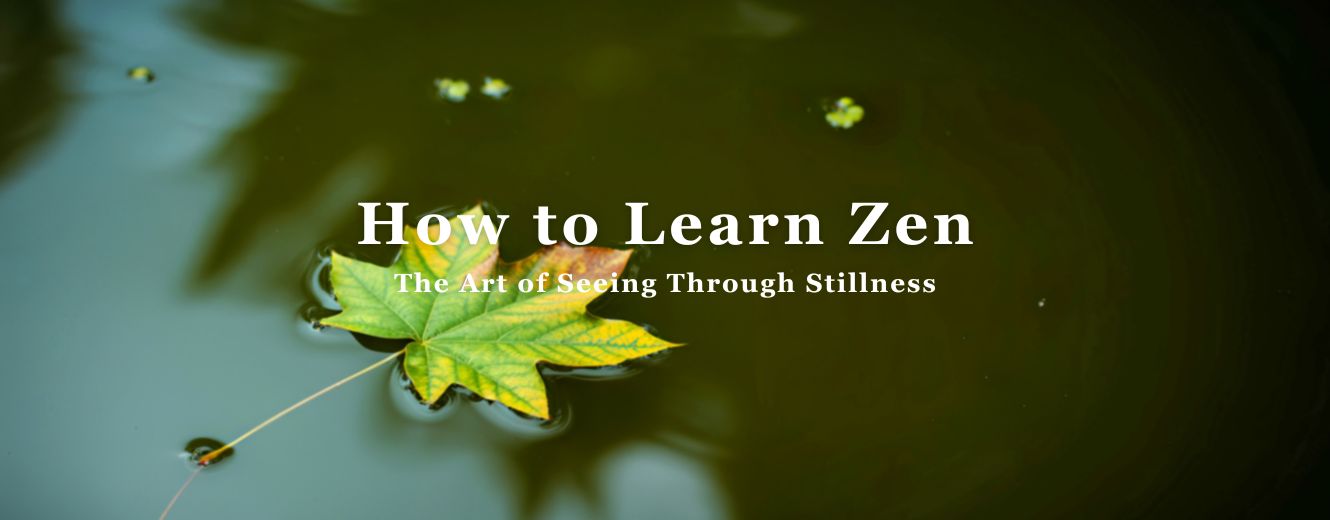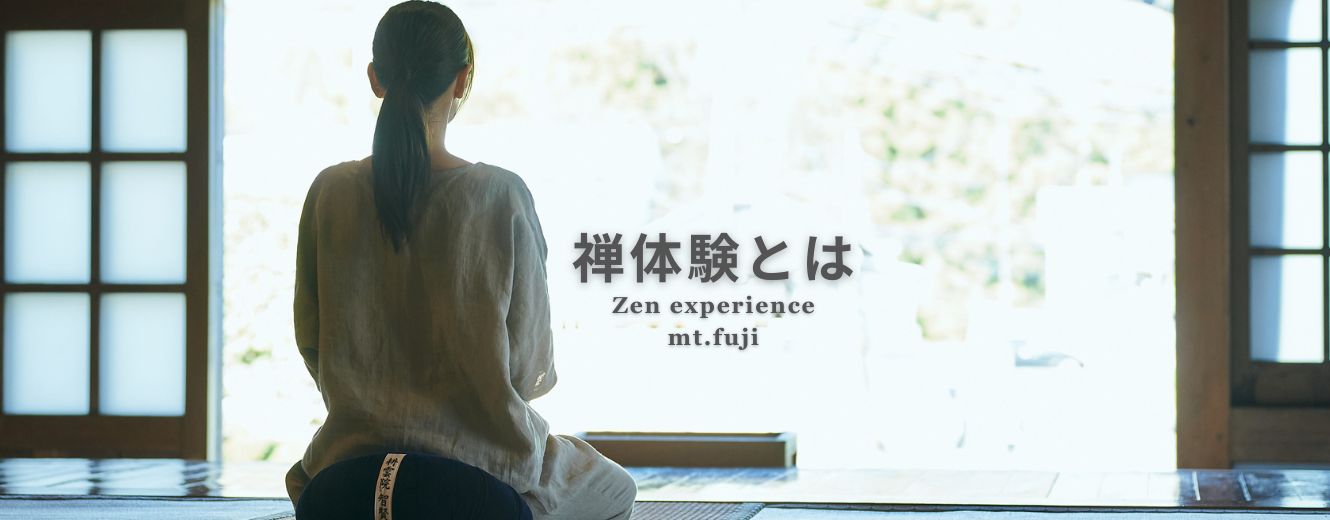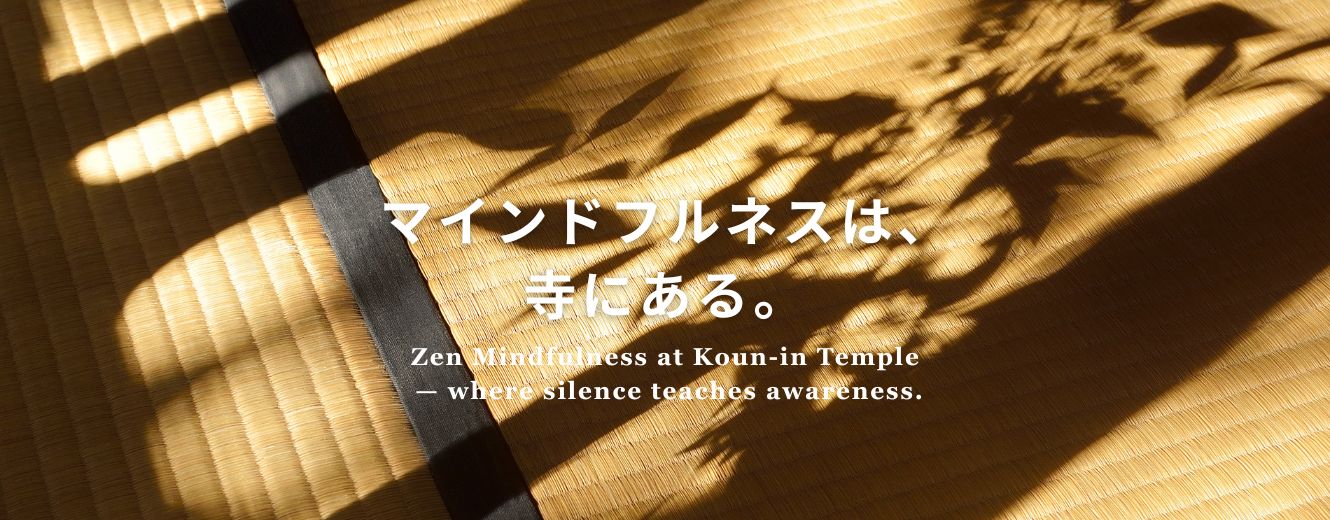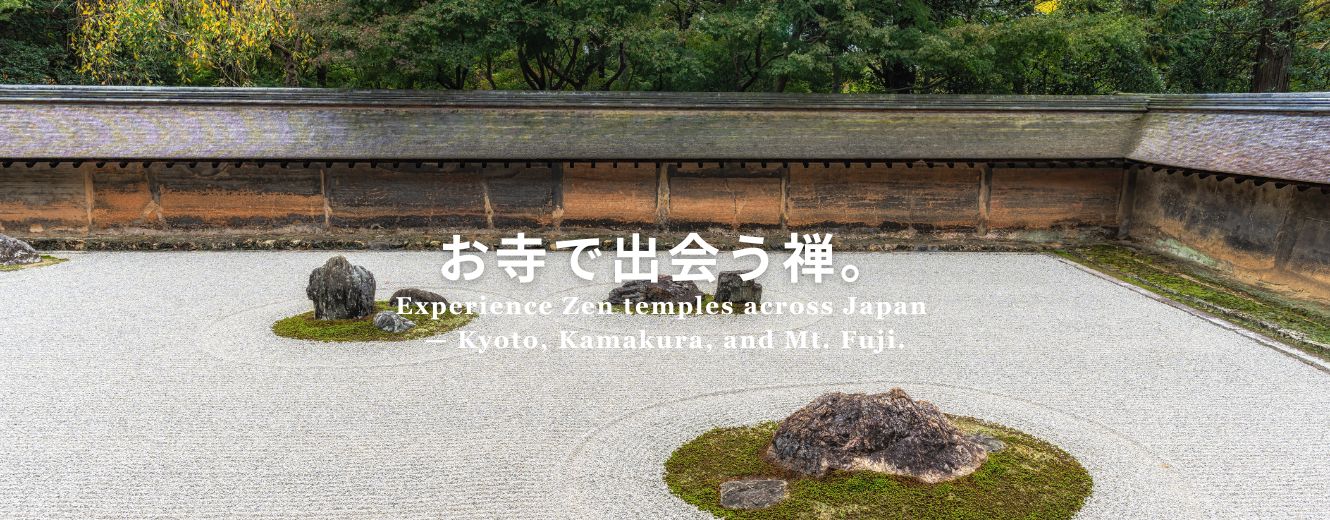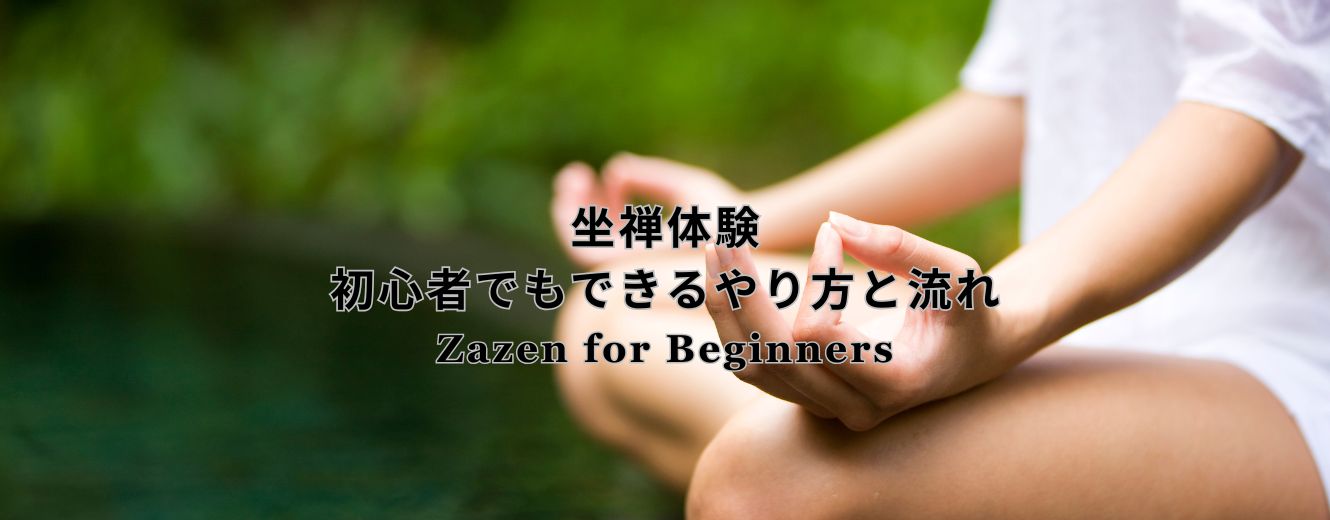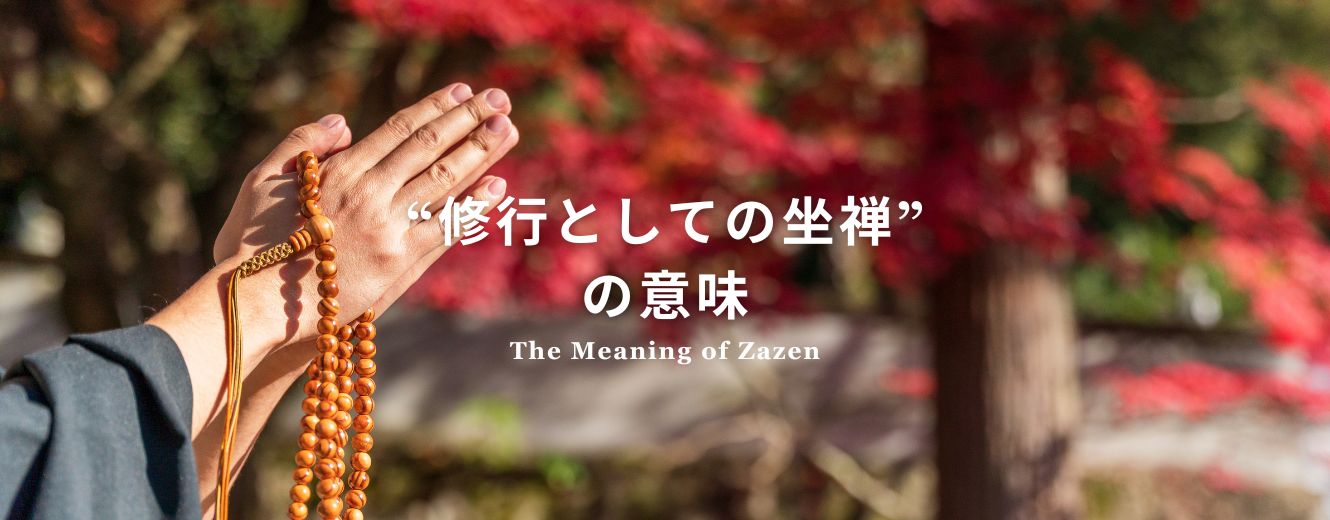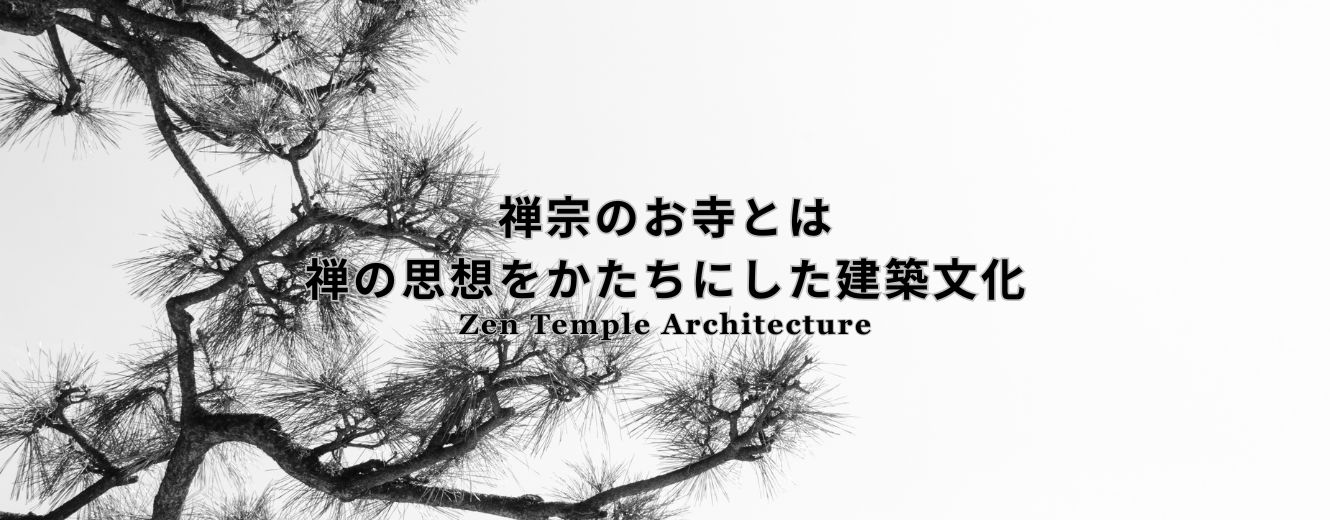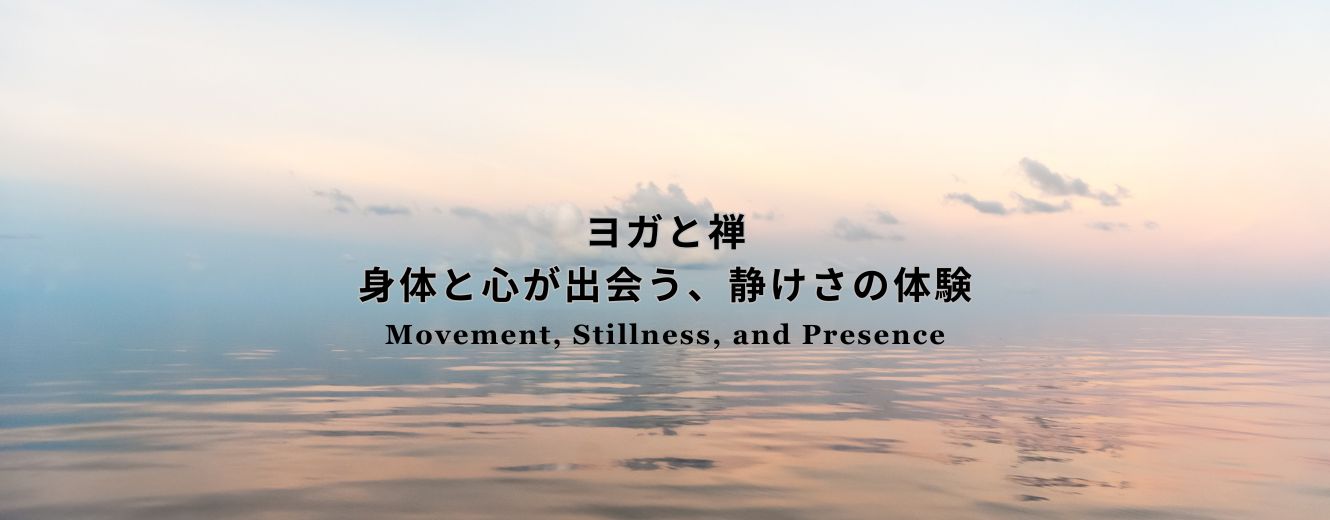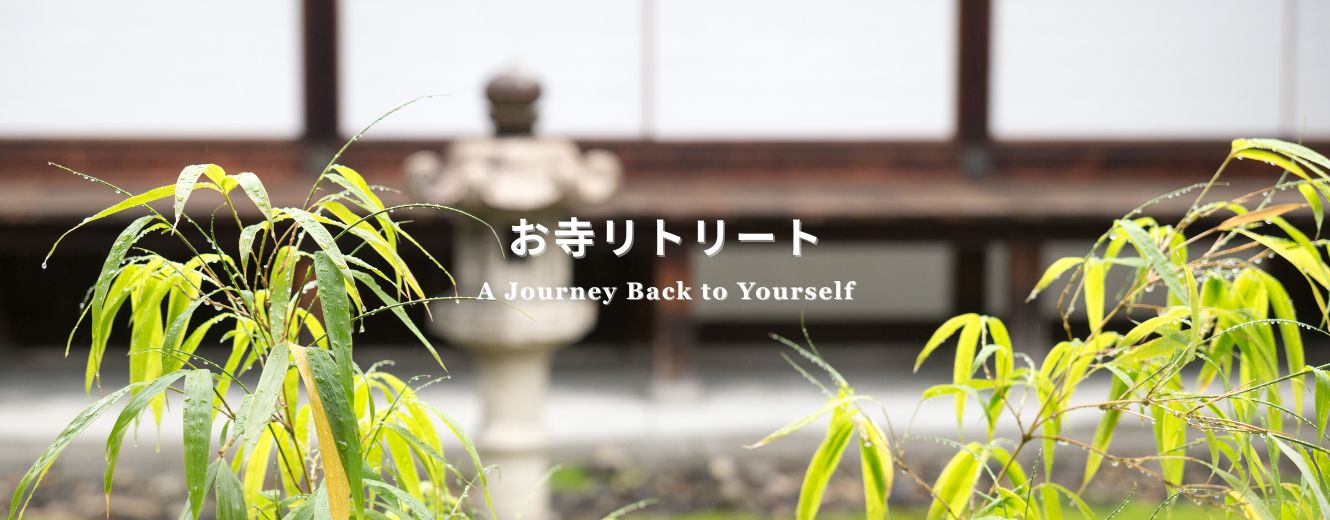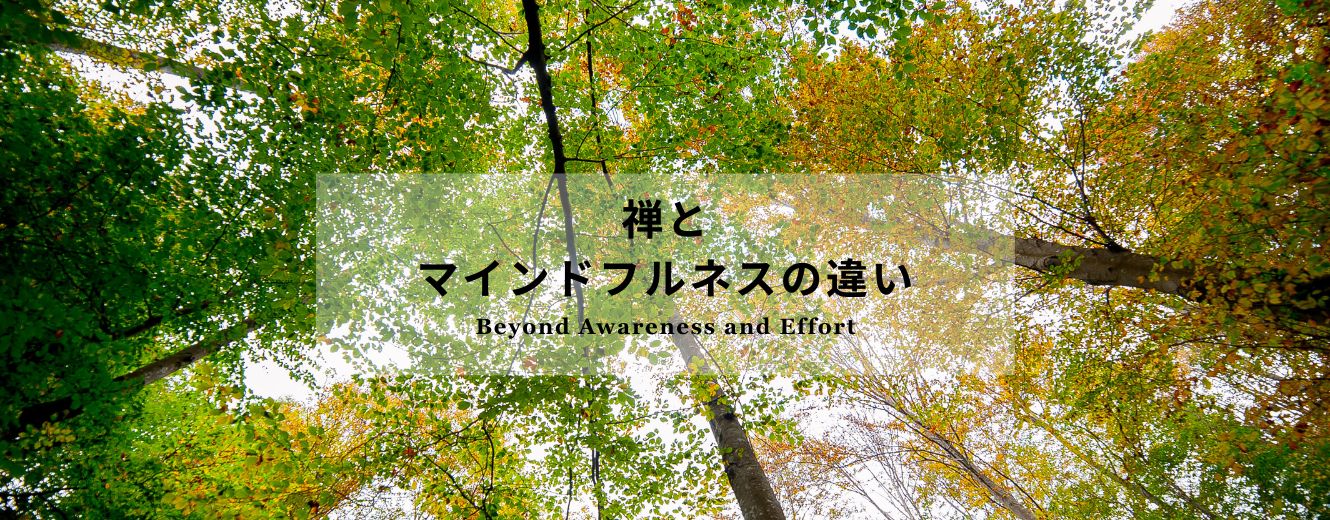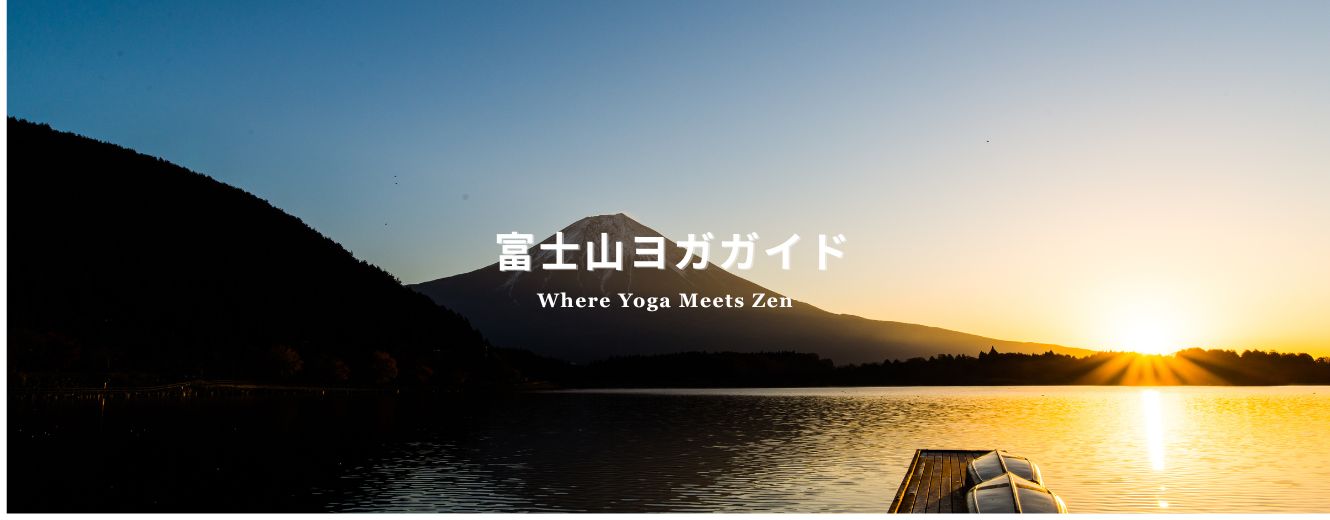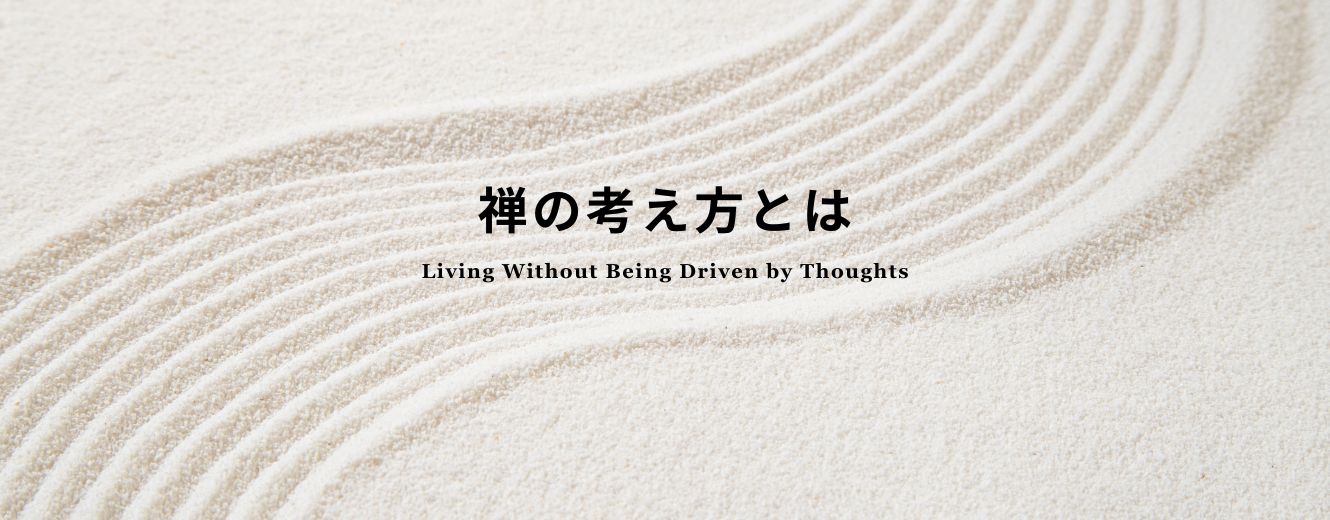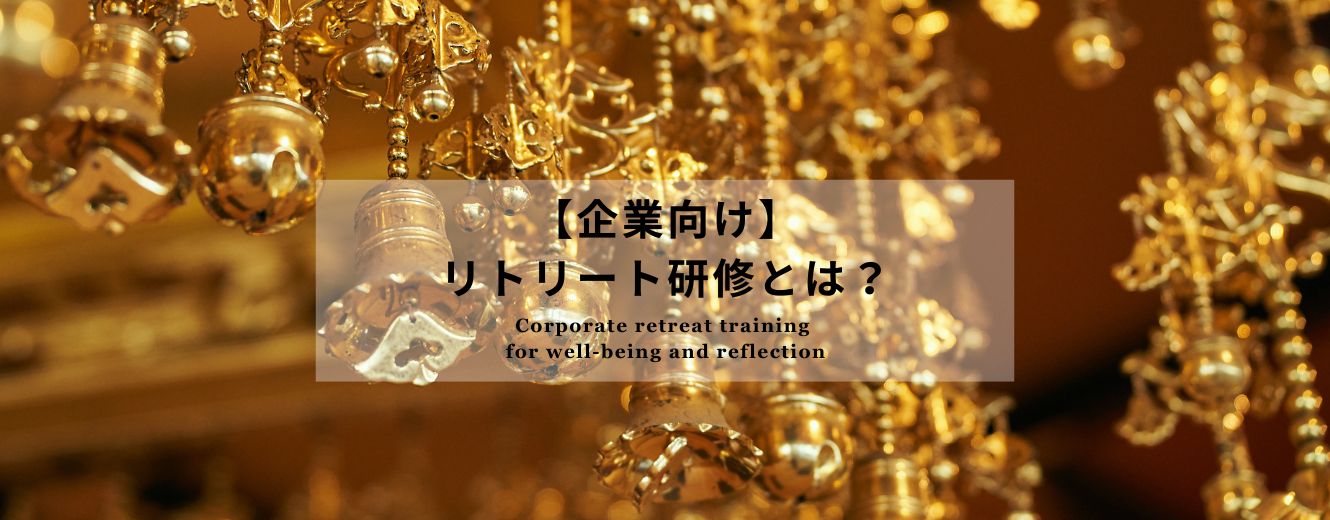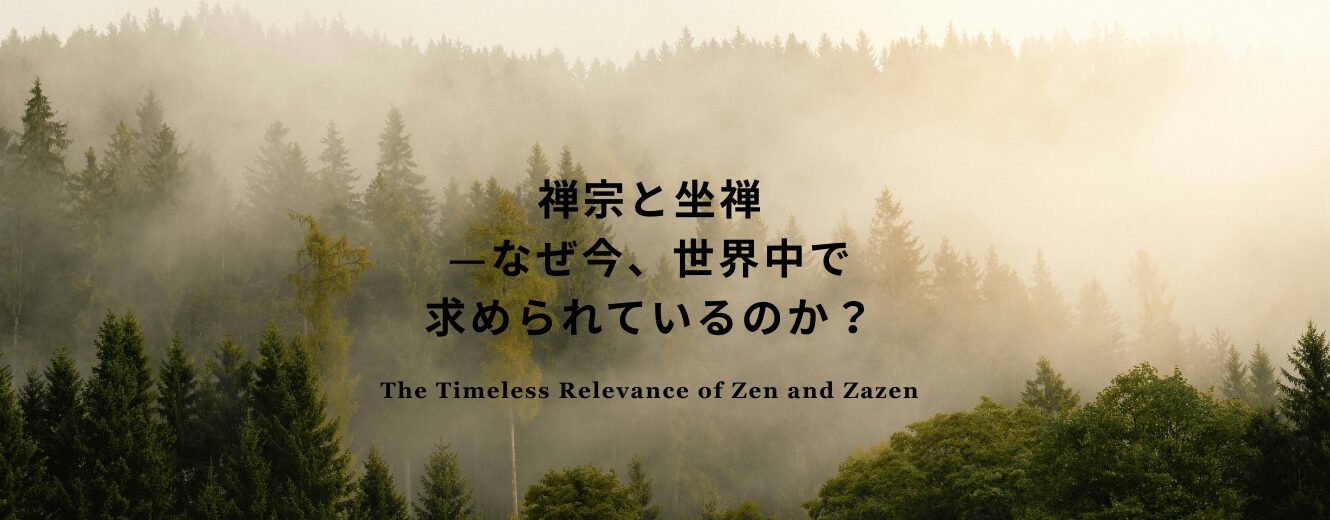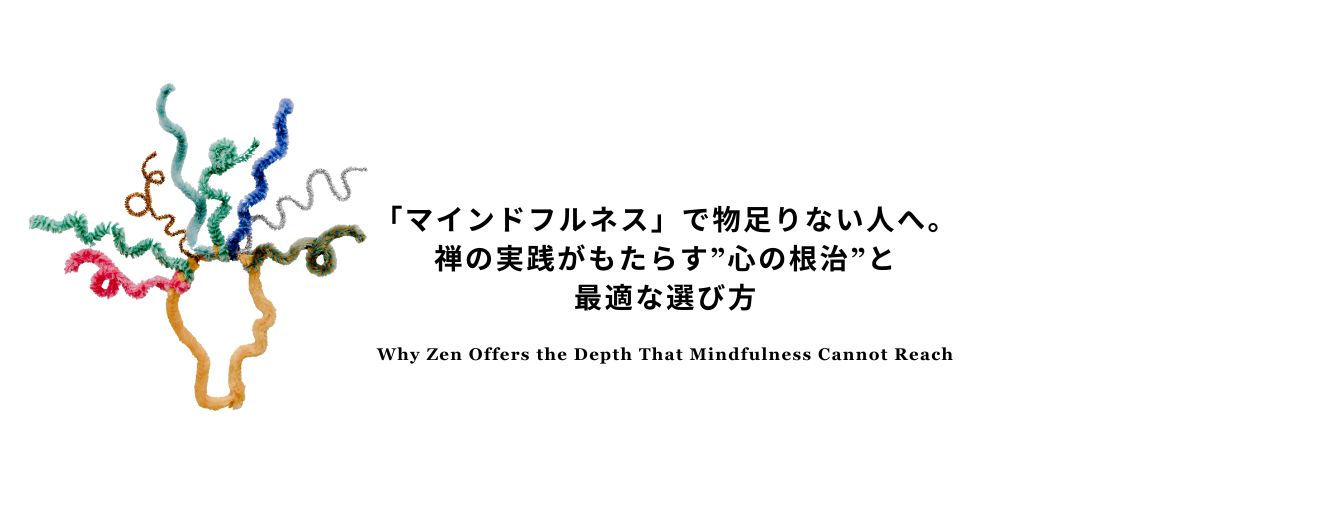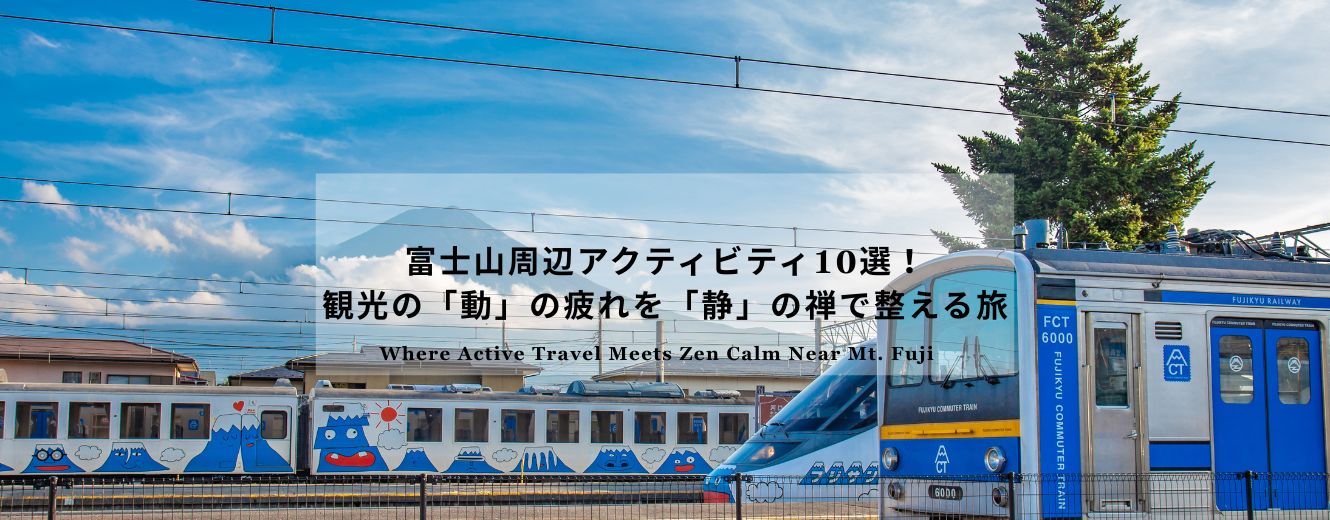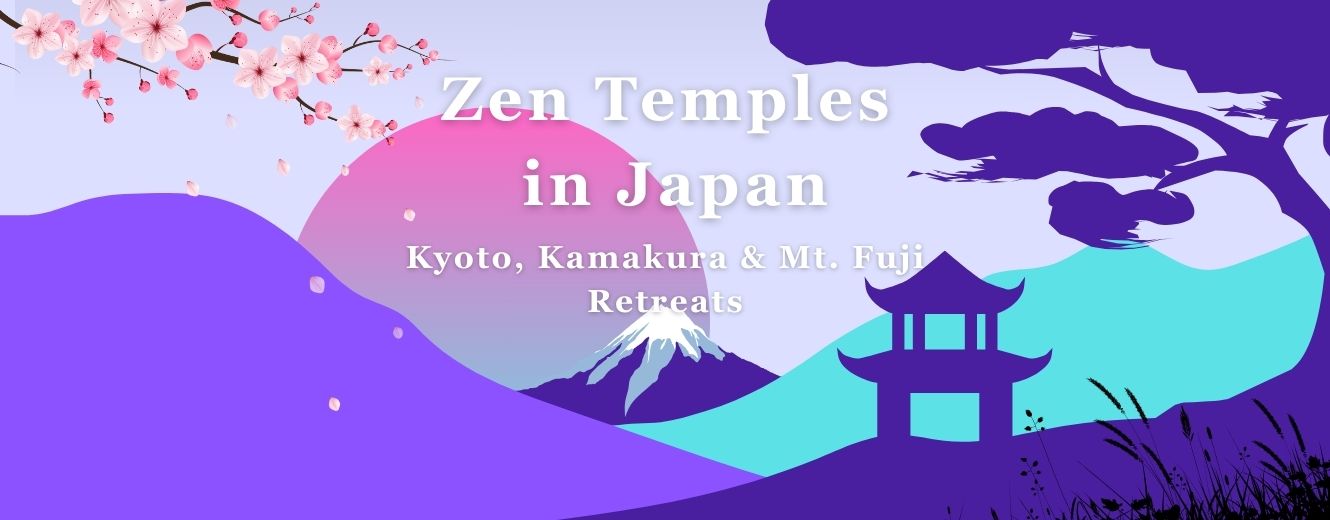
Zen Temples in Japan-Kyoto, Kamakura & Mt. Fuji Retreats
Introduction to Zen Temples in Japan
Japanese Zen temples are not simply historical monuments or tourist attractions. They are living places of practice, where visitors can step into silence and rediscover themselves. As a Soto Zen monk, I would like to guide you into the world of Zen temples in Japan: what they are, how to visit them, and what experiences they offer.
👉 For more on the background, see our guide:Japanese Meditation
What Is a Zen Temple?
A Zen temple is a Buddhist temple dedicated to the teachings of Zen, a school of Buddhism that emphasizes meditation (zazen) as the path to awakening. By sitting quietly and observing the mind, practitioners aim to discover their true nature.
Zen is less about doctrine and more about practice. This is why temples are not only religious sites but also cultural and spiritual sanctuaries open to anyone seeking stillness. You can also explore different forms of practice in our Japanese Meditation Retreat guide.
👉 For more on the background, see our guide:Japanese Meditation
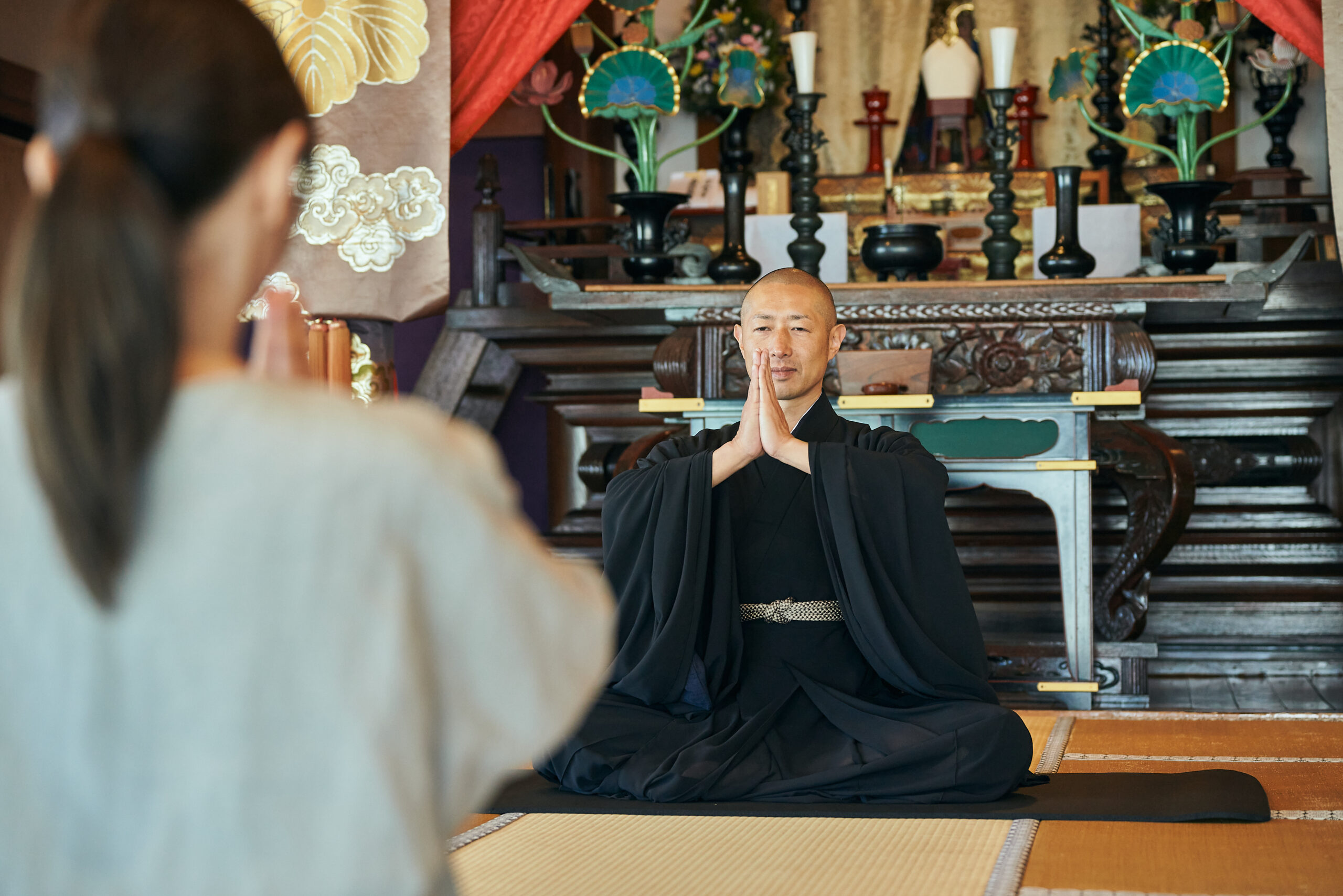
The Origins of Zen in Japan
Zen traces back to the Buddha, who attained enlightenment while meditating under the Bodhi tree. Buddhism spread through China as Chan and arrived in Japan in the late 12th century, where it became known as Zen.
In Japan, Zen flourished under the patronage of the samurai class, shaping architecture, gardens, arts, and even daily customs. From meditation halls to tea ceremony, Zen values simplicity, awareness, and harmony in every action.
The Role of Zen Temples Today
- Spiritual practice — offering meditation halls, teachings, and guidance for both monks and lay visitors.
- Cultural heritage — preserving architecture, gardens, calligraphy, and centuries of tradition.
Yet at their core, Zen temples remain spaces for silence and reflection. In a world overflowing with information, roles, and constant noise, Zen invites us to “let go” (hōgejaku 放下着) and rediscover stillness.
Even a short session of sitting can transform your state of mind.
👉 See more retreat options:Meditation Retreat Japan guide
Famous Zen Temples in Japan — A Traveler’s Guide
Zen Temples in Kyoto — Rock Gardens, Tea, and Meditation
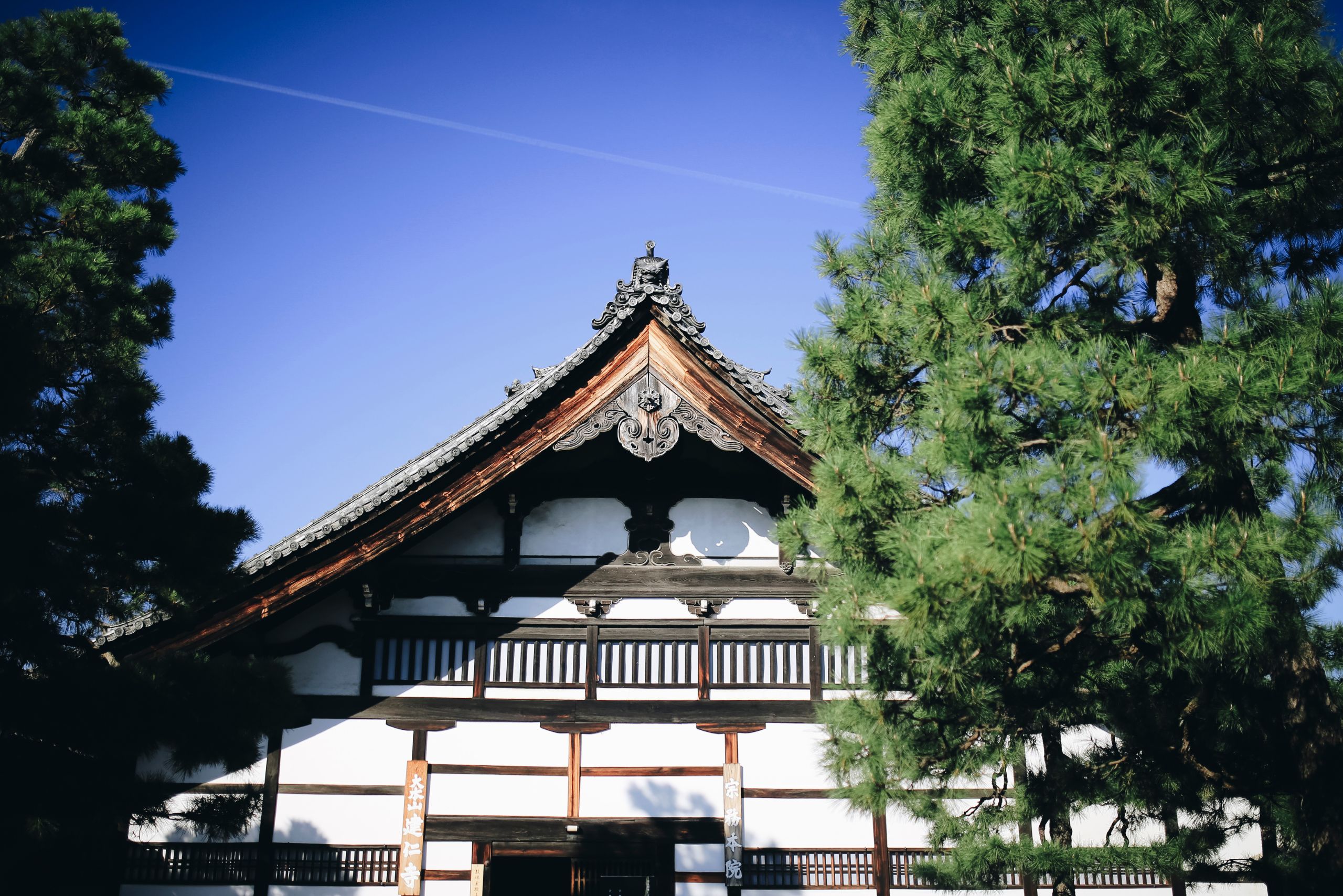
Kennin-ji (建仁寺, Kyoto)
Founded in 1202, Kennin-ji is regarded as the oldest Zen temple in Kyoto, serving as the first Zen temple in the city, and is considered the birthplace of Japanese tea culture. Located near Gion, it is easily accessible for travelers. Although the main grounds can be lively, you can find a moment of calm by sitting quietly in one of its sub-temples.
Nanzen-ji (南禅寺, Kyoto)
Famous for its grand Sanmon gate and the picturesque brick aqueduct (Suirokaku), Nanzen-ji is a popular spot for both history and photography. Yet behind the crowds, the Hojo garden offers a serene place to reflect. As a monk, I often feel that “Zen can be found even amid movement and sound.”
Ryoan-ji (龍安寺, Kyoto)
Known worldwide for its rock garden, which is designed so that from any vantage point, at least one of its fifteen stones is always hidden from view. This design is often said to reflect the Zen spirit of “incomplete beauty.” While many visitors pass through quickly, if you take the time to sit, the garden itself becomes a silent teacher.
Daitoku-ji (大徳寺, Kyoto)
A large temple complex deeply tied to tea culture, with many sub-temples and hidden gardens. During special openings, you can enter usually closed areas and experience the spirit of “ichigo ichie” — treasuring each encounter as once-in-a-lifetime.
Zen Temples in Kamakura — History and Samurai Culture
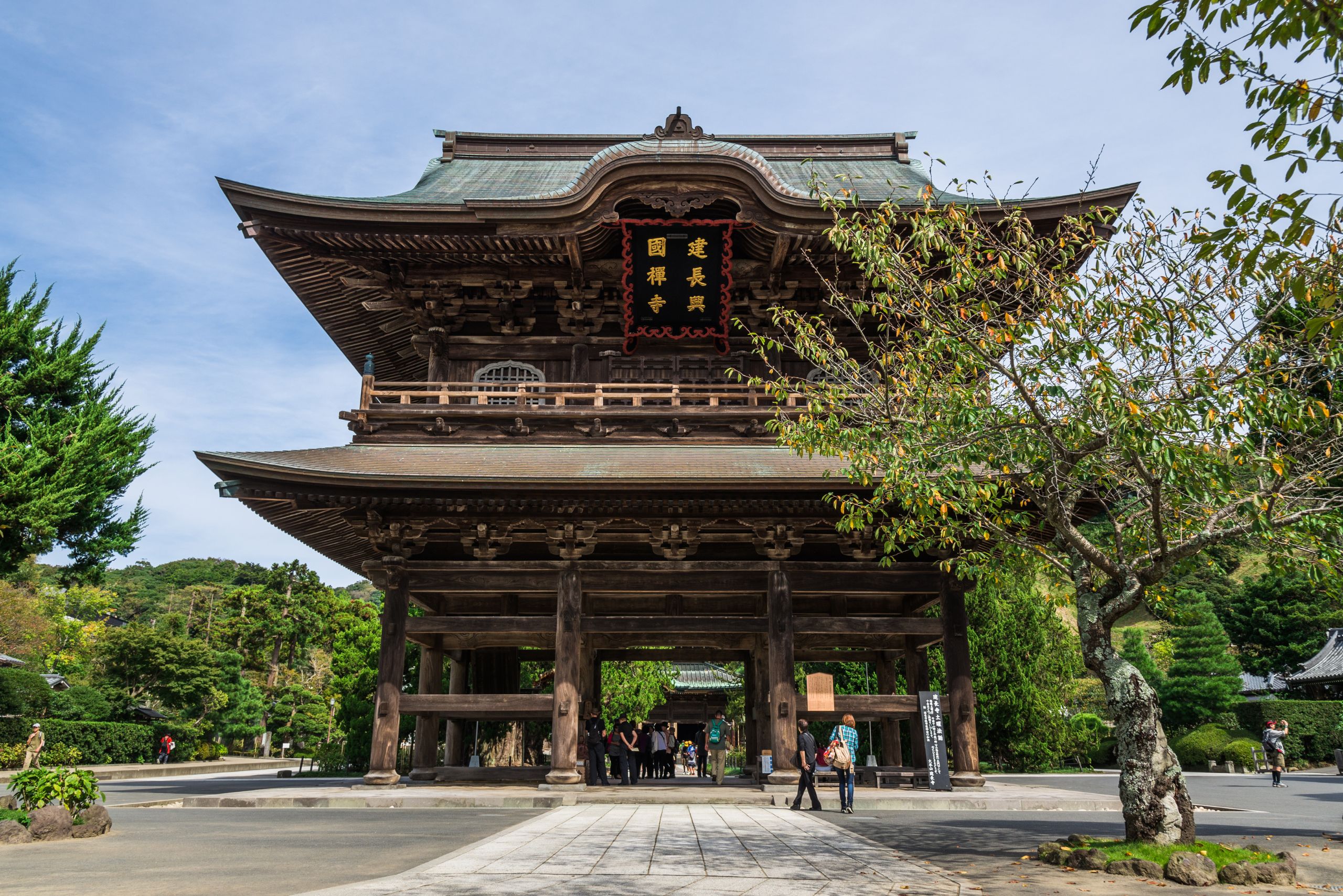
Kencho-ji (建長寺, Kamakura)
Established in 1253, Kencho-ji is considered Japan’s first authentic Zen training monastery. Located just a 15-minute walk from Kita-Kamakura Station, its expansive grounds convey the discipline and austerity of early Zen. Even casual visitors can get a sense of the temple’s authentic spiritual atmosphere.
Engaku-ji (円覚寺, Kamakura)
Founded in 1282 to honor those who perished during the Mongol invasions, Engaku-ji is located right beside Kita-Kamakura Station. Its vast grounds hold both strength and serenity, reflecting the “warrior’s Zen” that shaped Kamakura culture.
Jochi-ji (浄智寺, Kamakura)
Smaller and less crowded, Jochi-ji is known for its moss-covered paths and quiet charm. It is not about grandeur but about “timeless stillness,” making it an ideal place to pause and reset.
Soto Zen Head Temples — Eiheiji and Sojiji
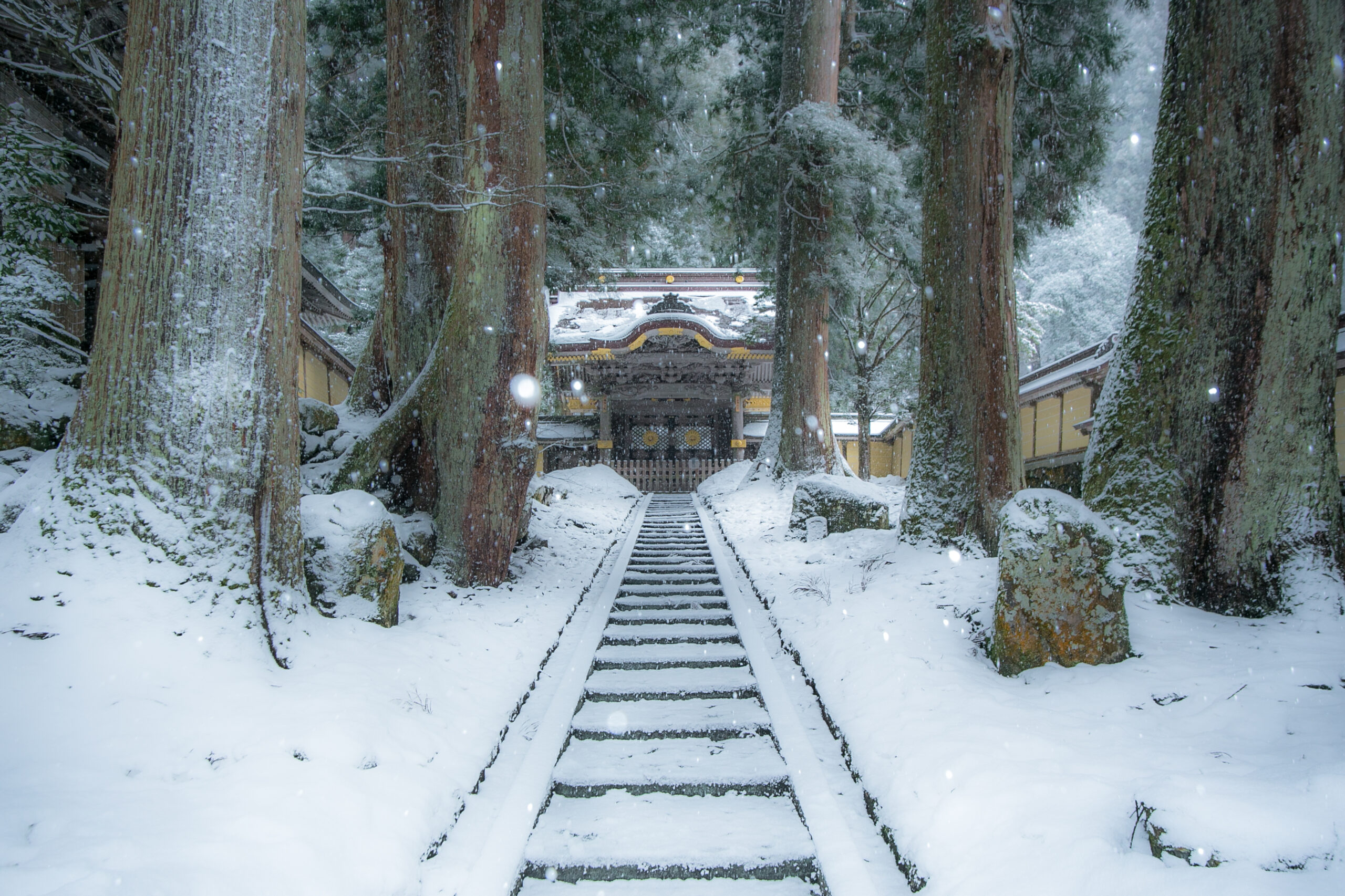
Eiheiji (永平寺, Fukui)
Founded in 1244 by Dogen Zenji, Eiheiji remains one of the two head temples of Soto Zen. Located 30 minutes by bus from Fukui Station, it is home to over 200 monks who follow strict daily routines. I trained here for four years. Visitors can feel the intensity of monastic life in every hall.
Sojiji (總持寺, Yokohama)
The other head temple of Soto Zen, located conveniently near Keikyu Tsurumi Station in Yokohama. Despite being in the city, its grounds are expansive and peaceful. Unlike Eiheiji’s remote mountain setting, Sojiji offers urban visitors a chance to experience the weight of tradition in daily life.
Hidden Zen Temples in Japan — Regional Gems
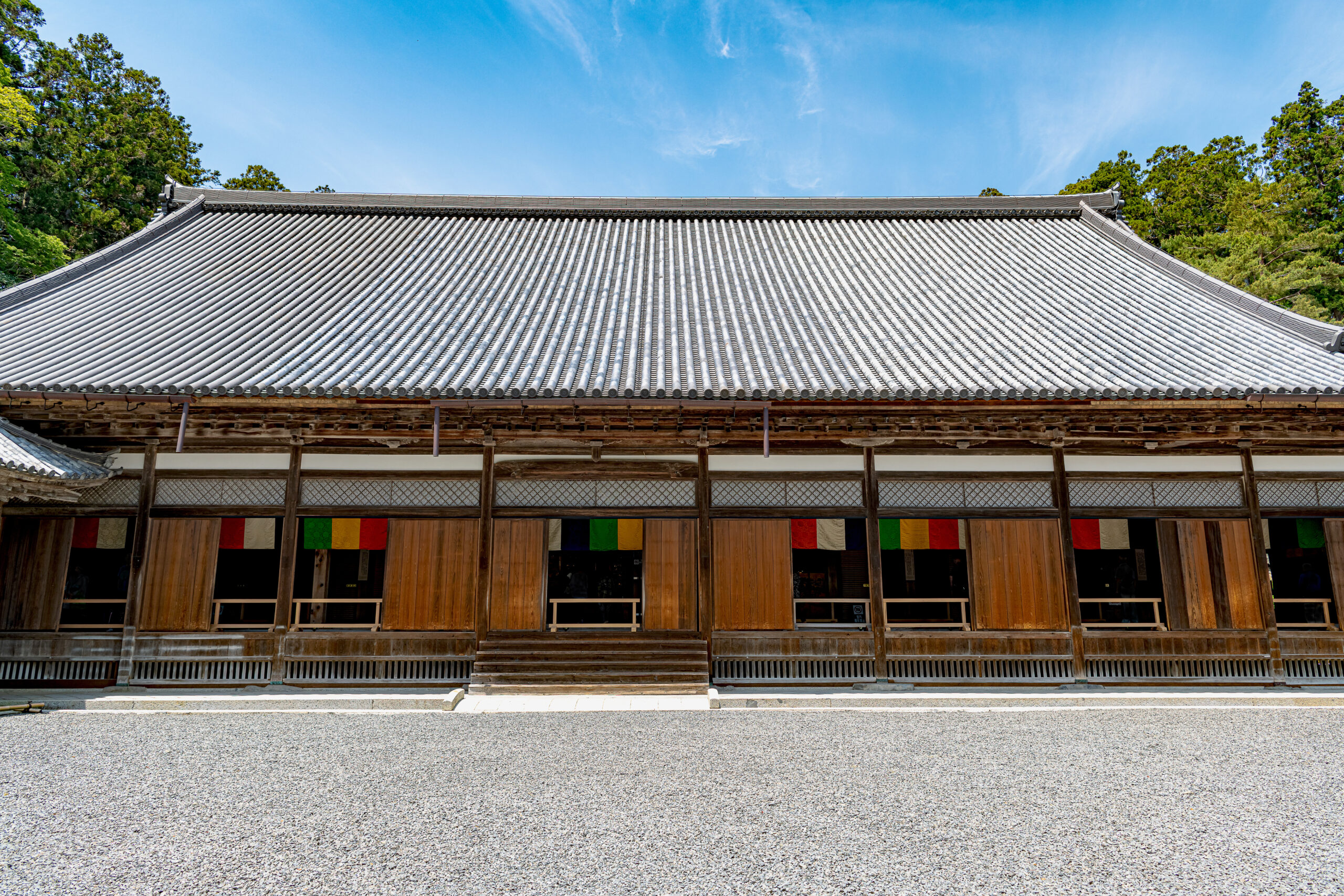
Zuigan-ji (瑞巌寺, Miyagi)
Rebuilt by the feudal lord Date Masamune, Zuigan-ji is the most prominent Zen temple in northeastern Japan. Its location in Matsushima Bay allows you to experience both Zen architecture and one of Japan’s Three Scenic Views.
Shokoku-ji (相国寺, Kyoto)
Established by the Ashikaga shogunate, Shokoku-ji is known for its exquisite fusuma paintings and seasonal gardens. It showcases the deep connection between Zen and art, a relationship you can truly appreciate during its special openings.
Hoko-ji (方広寺, Hamamatsu)
Known as “Okuyama Hoko-ji,” this temple is nestled in the mountains of Shizuoka Prefecture. Surrounded by cedar forests and mossy stone steps, it is a place to experience the quiet power of Zen away from the city.
How to Visit a Zen Temple in Japan — Etiquette and Mindset
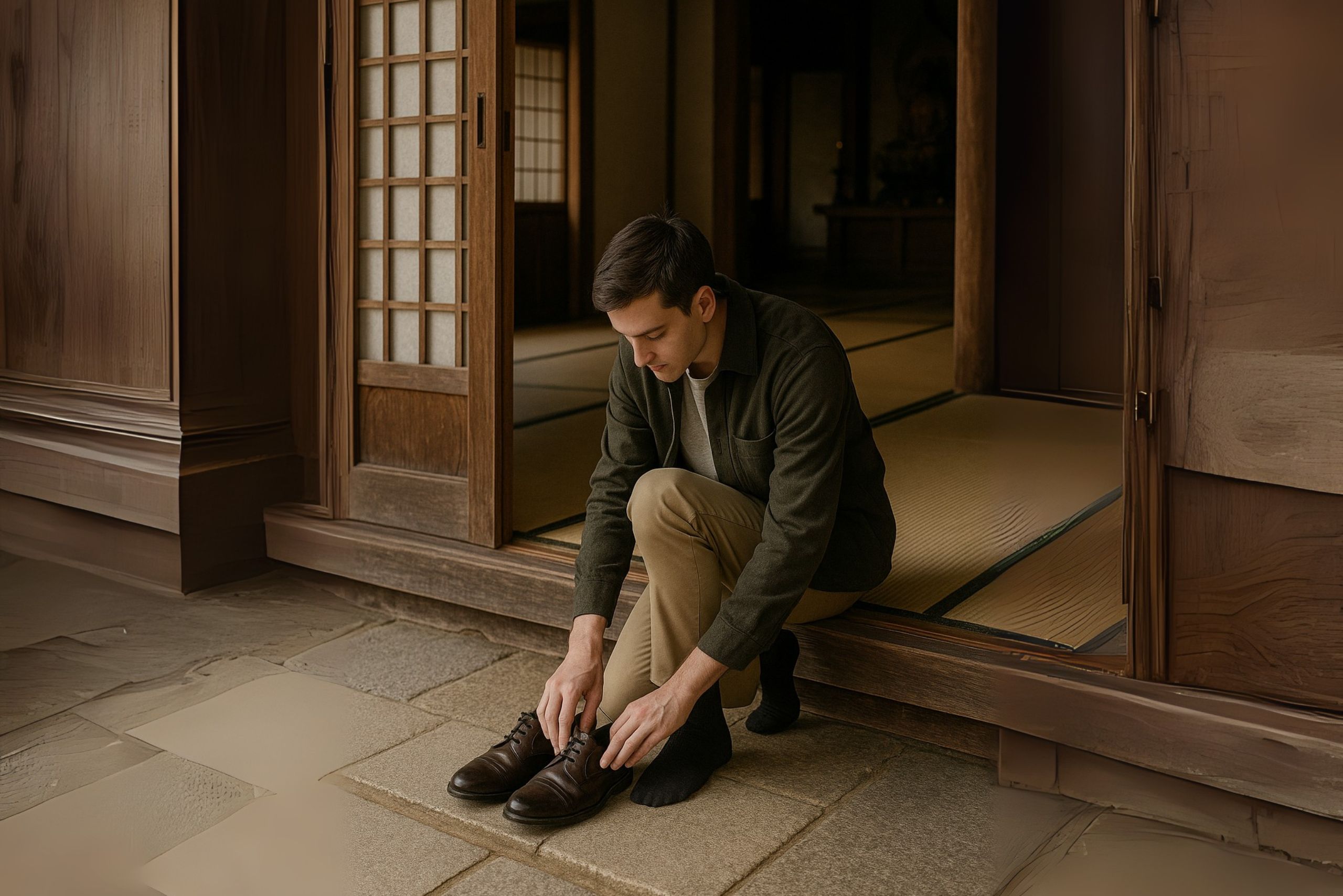
Value silence and respect
Walk quietly and keep your voice low within the temple grounds. This is not only courtesy but also a Zen practice of “not disturbing your own mind or the minds of others.”
Remove and neatly place your shoes
Before entering halls, take off your shoes and align them carefully. This simple act embodies the Zen teaching “kyakka shōko” (脚下照顧) — “examine your own steps.” Small gestures done mindfully are the first steps of practice.
Bow or place your hands together
At the main hall or in front of a Buddha statue, a gentle bow or gassho (placing hands together) is appropriate. Perfection is not required; what matters is expressing sincerity and respect, which naturally brings calm to the heart.
Be discreet with photography
Even where photography is permitted, avoid disturbing others or monks in training. Sometimes it is better to put the camera down and simply see with your own eyes — such direct encounters remain in memory more deeply than photos.
Join seasonal events and activities
Many temples hold flower festivals, tea gatherings, or local markets. Participating reveals that a Zen temple is more than a “quiet site” — it is a place living together with its community and people.
Zen Meditation Experiences in Japan You Can Try
Zazen Meditation
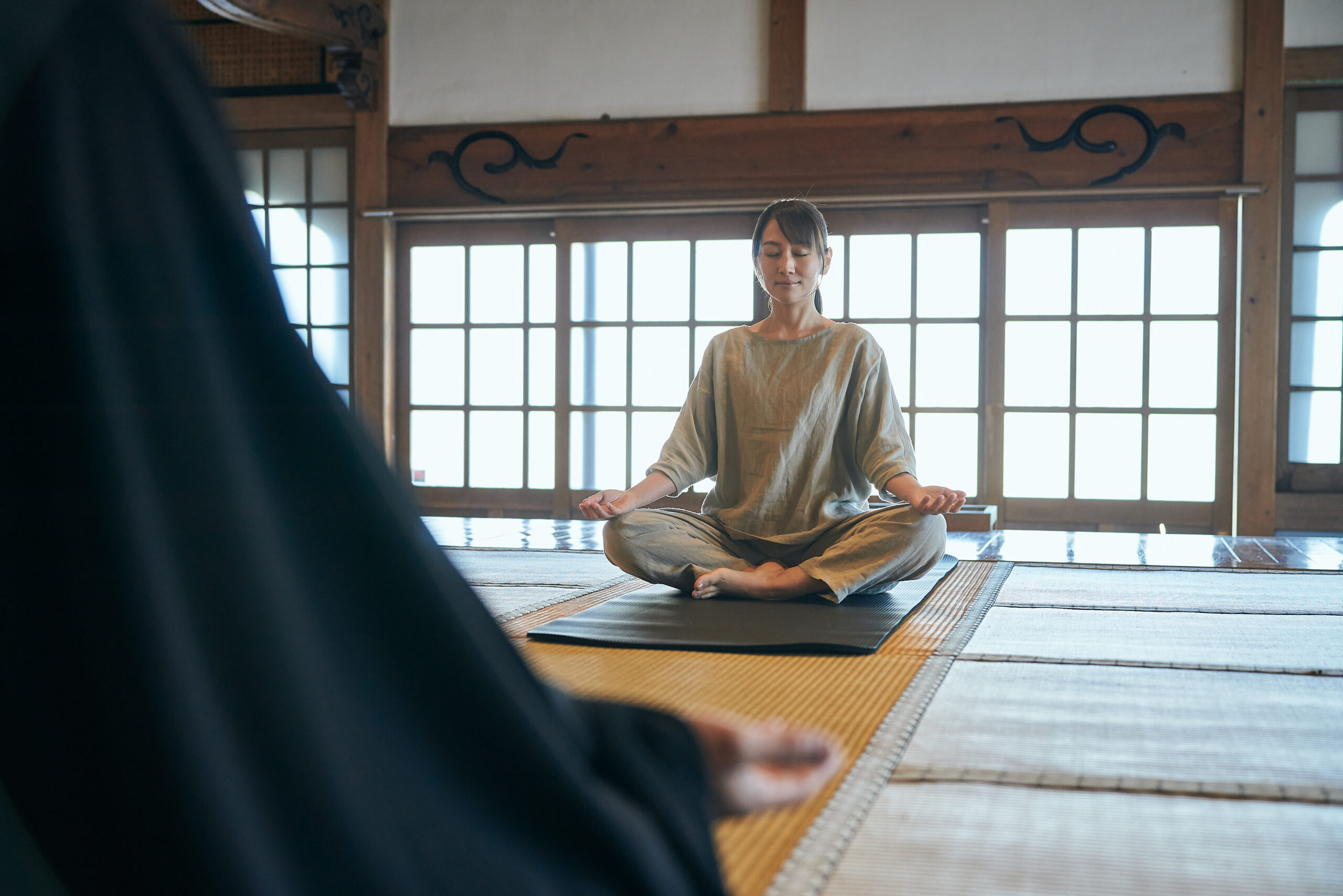
Align posture, steady the breath, and sit quietly. Thoughts will arise, but let them pass without attachment. Even 10 minutes can refresh the mind.
👉 Want to see how yoga and meditation work together?:Explore our Yoga & Meditation Retreats guide.
Shakyo (Sutra Copying)
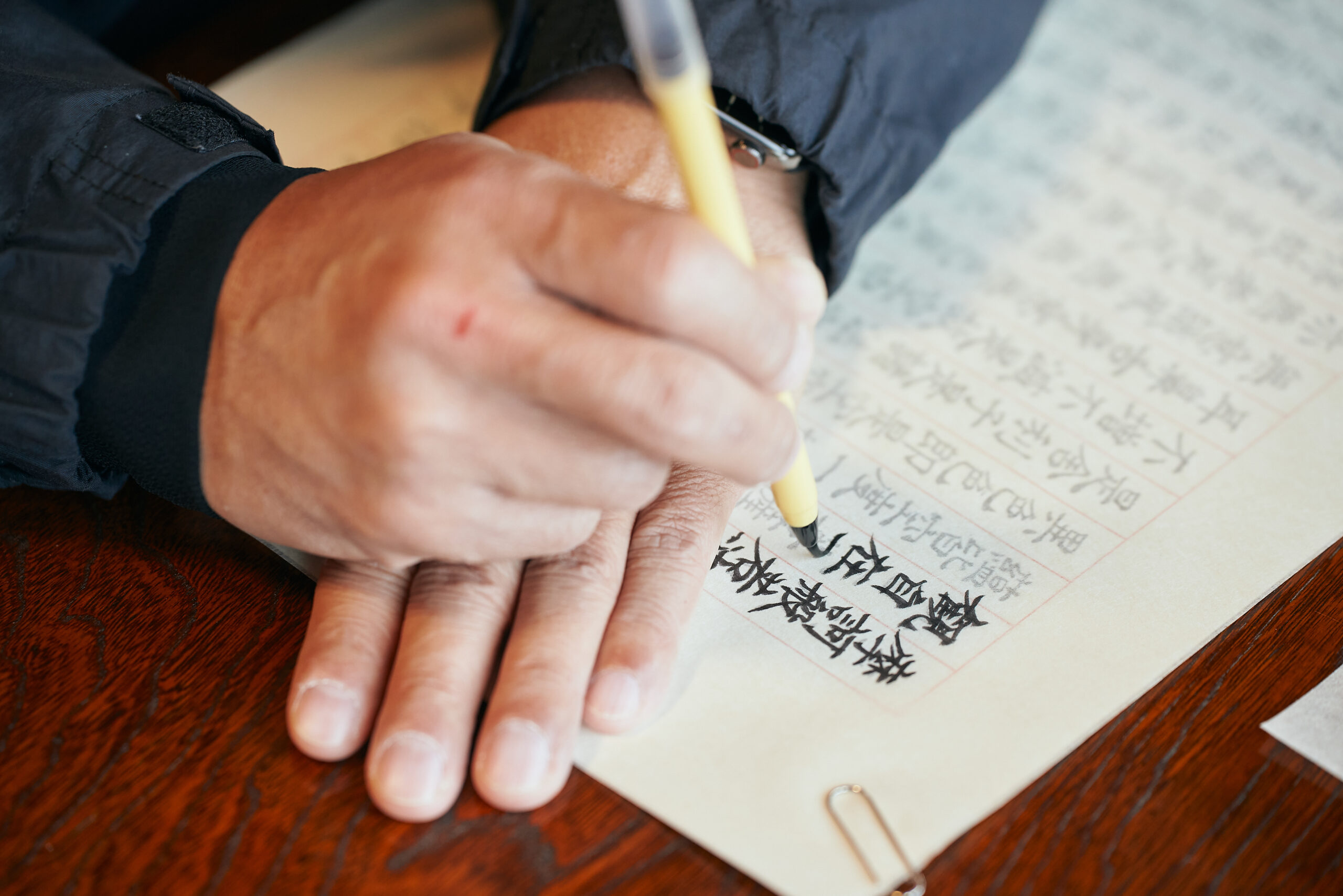
Tracing each character of a sutra calms the heart and sharpens focus. Historically, it was how teachings spread before printing. Shakyo is “writing as meditation” — sincerity matters more than calligraphy skills.
Shojin Ryori (Temple Cuisine)
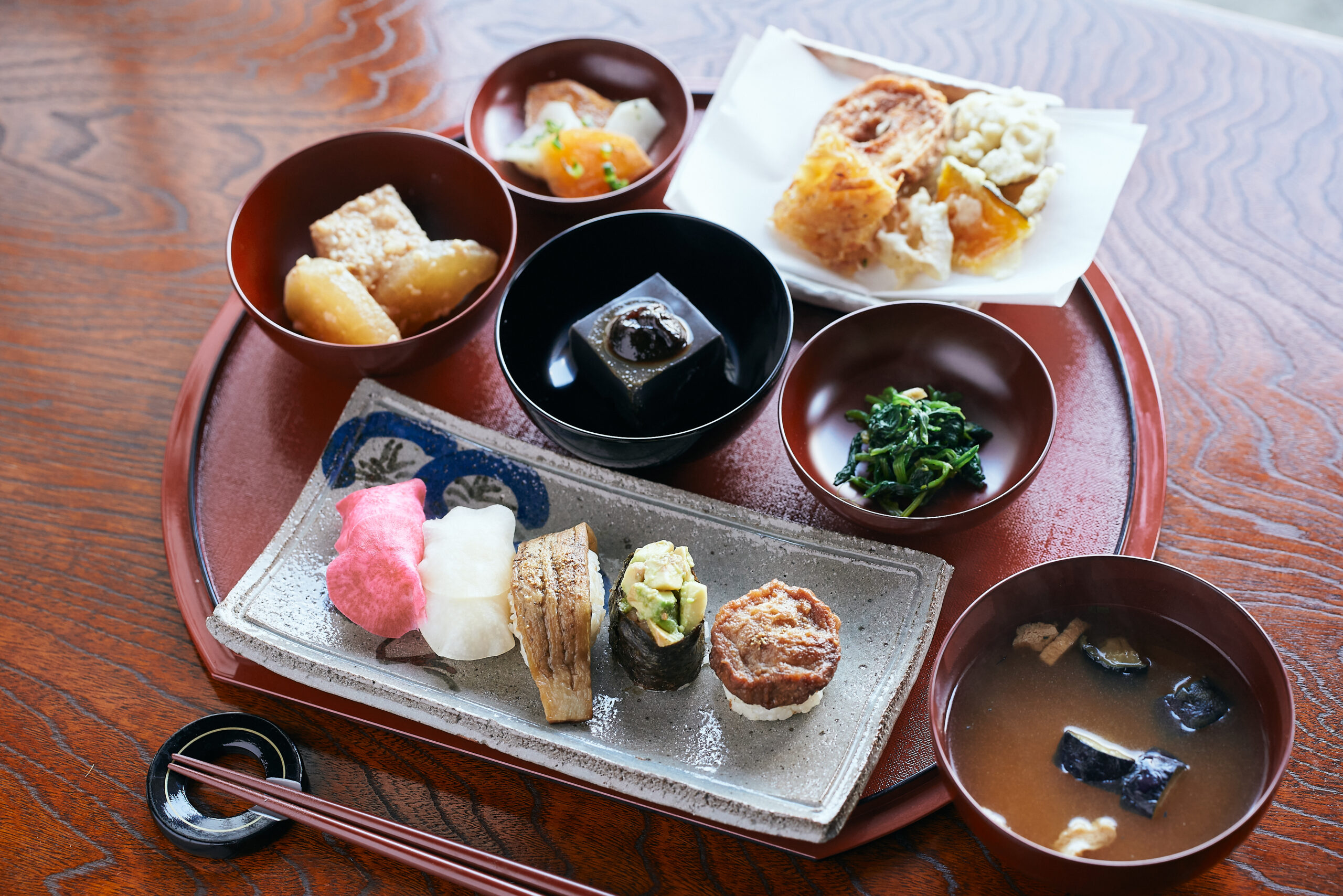
A vegetarian cuisine based on Buddhist precepts of non-killing. The spirit of shojin is to value the life of each ingredient, drawing out its natural flavor. Eating slowly and mindfully turns a meal into practice.
Gardens and Architecture — Silent Teachers
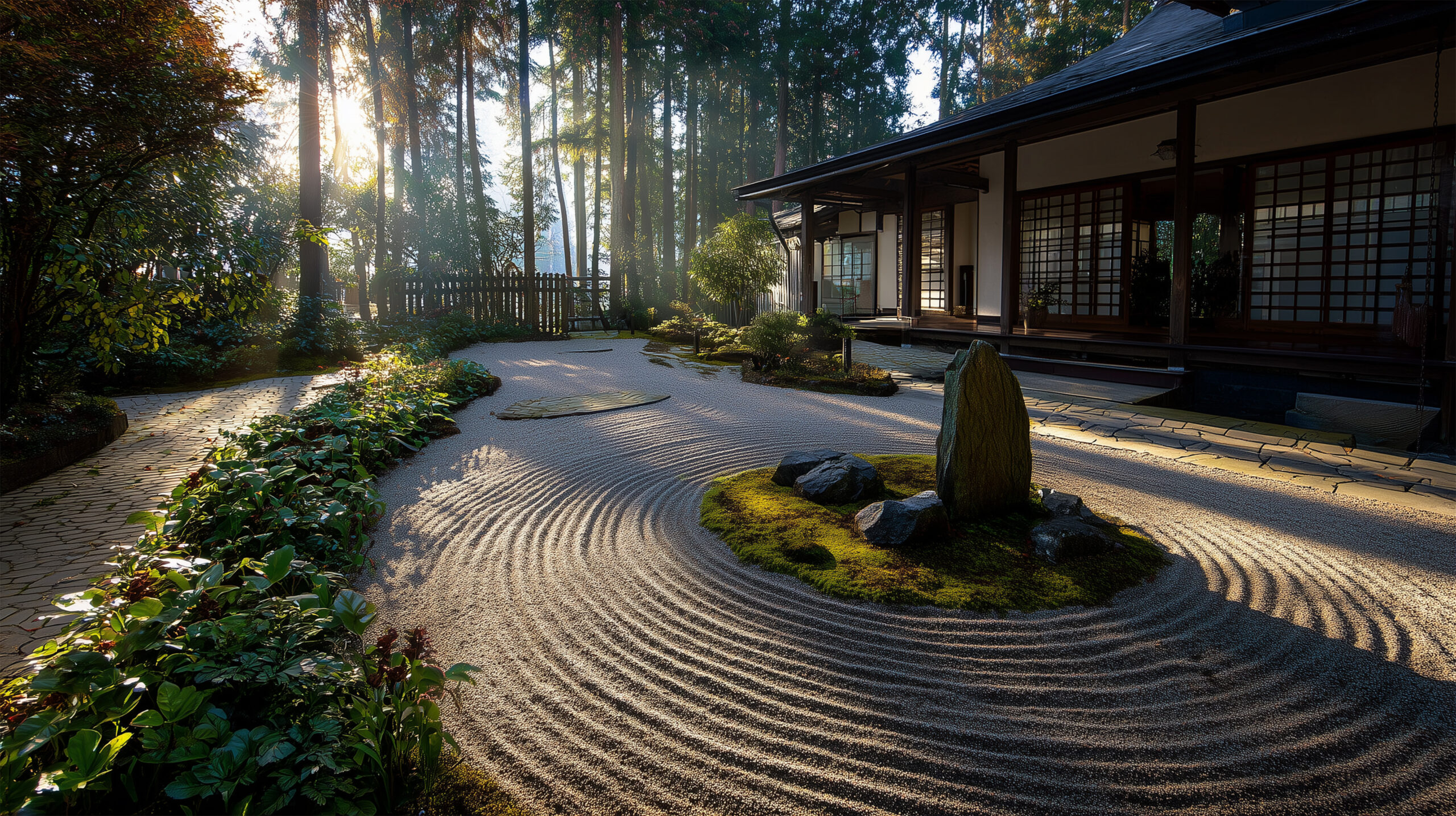
Swept courtyards, quiet gardens, and solemn wooden halls all embody Zen without words. Simply sitting within them can be practice in itself.
Koun-in Temple — Zen Meditation Retreat near Mt. Fuji 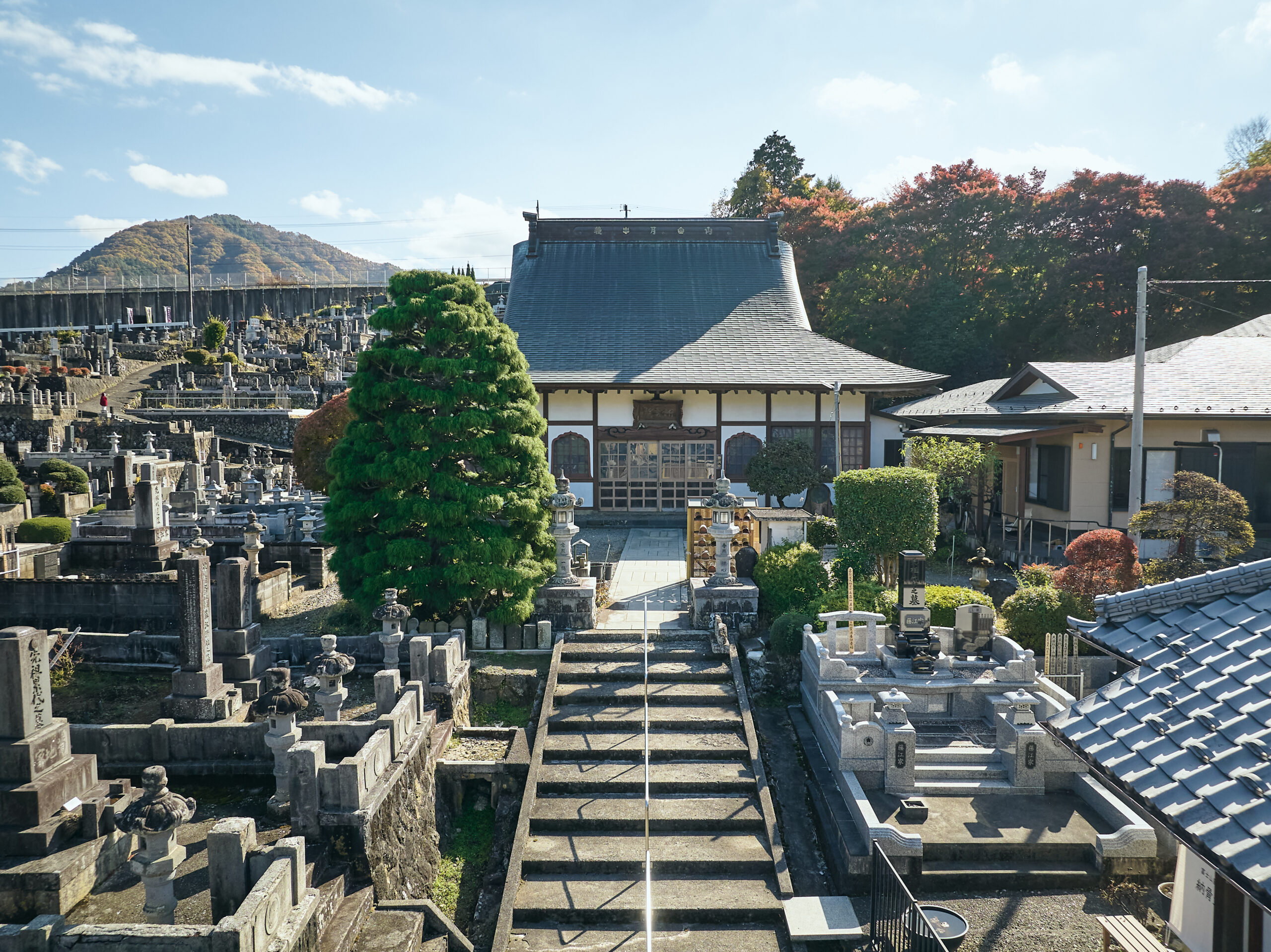
One inspiring example is Koun-in Temple in Tsuru City, Yamanashi Prefecture. Founded in 1398, this Soto Zen temple has preserved its tradition for more than 600 years. Just 90 minutes from Tokyo, it is a hidden gem surrounded by forests and spring water near Mt. Fuji.
Here, travelers can join a short yet authentic Zen retreat — designed to be beginner-friendly while offering a true taste of Soto Zen practice. Programs combine zazen meditation, gentle yoga, sutra copying, and mindful temple cuisine (shojin ryori), all guided by monks who can provide simple English explanations.
👉 Visit the official page:Koun-in Temple Zen Retreat
Traveler-Friendly Program — Zen Meditation Retreat at Koun-in Temple
- Duration: 3–4 hours (easy to join even during travels)
- Location: Tsuru City, Yamanashi (near Mt. Fuji)
- Fee: ¥10,000–¥15,000 (depending on options)
- Access: 90 min from JR Shinjuku (Tokyo), 35 min from Lake Kawaguchi, 8 min walk from Higashikatsura Station
Sample Program Flow
- Welcome and gentle instruction in zazen (tatami meditation hall)
- Light yoga and stretching to prepare the body
- Optional sutra copying (shakyo) for mindful focus
- Short Dharma talk (English available)
- Shojin cuisine option — a mindful temple meal with local ingredients
Even a brief pause during your journey near Mt. Fuji can become a profound experience of stillness and renewal.
👉 Comparing options? See:Meditation Retreat Yoga guide
A Personal Note — Allow Me to Guide You
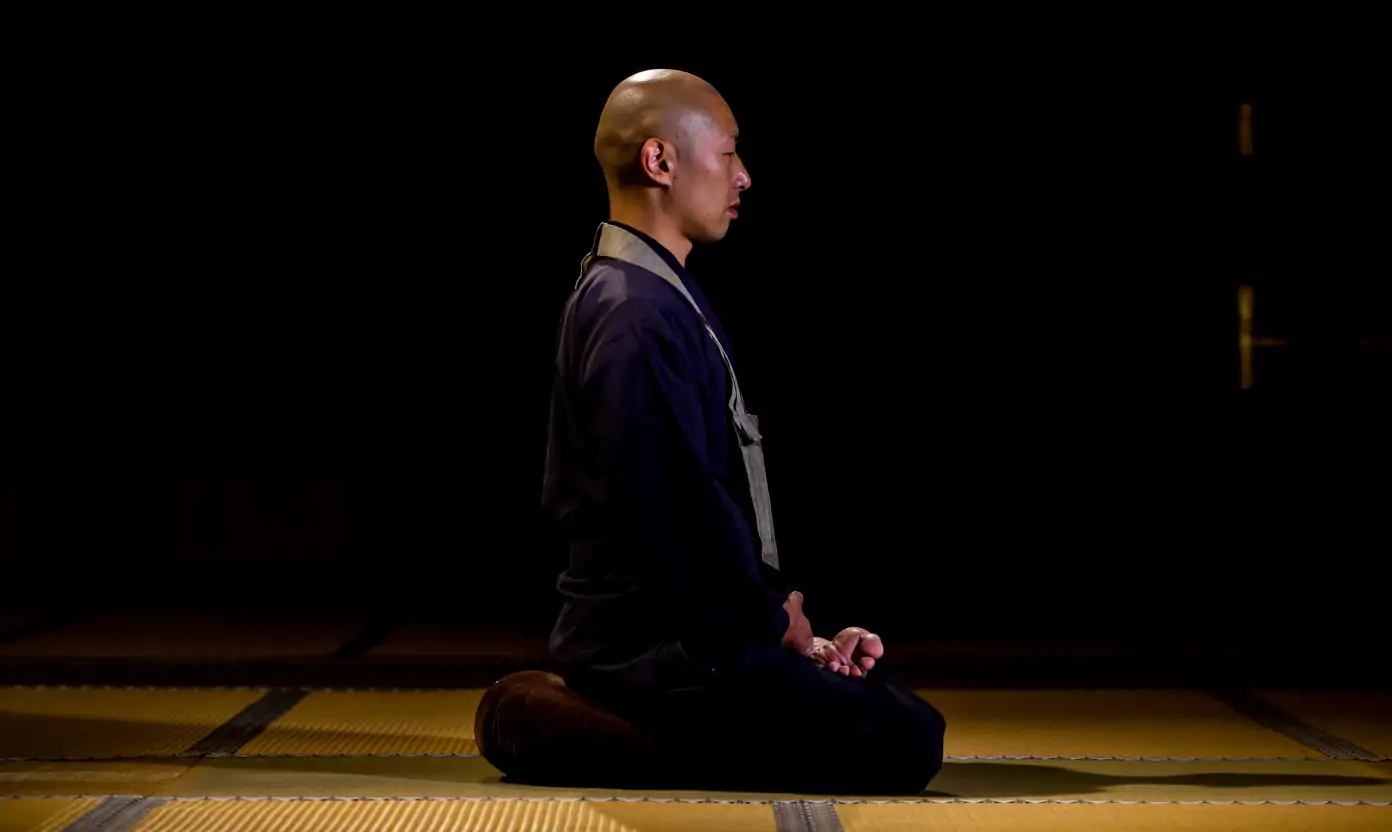
Hello, my name is Rev. Chiken Kawaguchi, Vice Abbot of Koun-in Temple in Tsuru City, Yamanashi.
Although I was born into a temple family, in my youth I resisted and wanted to leave temple life behind. During my university years, I was absorbed in surfing and fashion, living a lifestyle far from Zen. But eventually, seeking a deeper connection with myself, I decided to undergo four years of rigorous training at Eiheiji, the head temple of Soto Zen.
Through practices such as zazen and preparing shojin cuisine, I learned the importance of “living fully in this present moment.” At first, I disliked zazen. But as I continued, I was freed from the duality of like and dislike, and I discovered moments of quiet stillness simply by sitting.
Modern society burdens us with roles, information, and constant stress. I was no exception. That is why I believe the wisdom of Zen can help lighten the heart of anyone today.
Now, I share Zen through online meditation sessions, yoga-and-Zen retreats, and community programs such as a children’s cafeteria. I also co-produced and starred in the film Tenzo, which was screened at the Cannes Film Festival, offering a glimpse of Zen to audiences worldwide.
My hope is that through this retreat, you too may restore balance of body and mind, and rediscover quiet happiness in daily life.
FAQ — About Koun-in Temple Zen Meditation Retreat Japan
- Q. Can I join alone?
- Yes, absolutely. Solo participants are warmly welcome, and beginners can also feel at ease.
- Q. How long is the program?
- About 3–4 hours. It is easy to join even during your travels.
- Q. Is English guidance available?
- Yes. Simple English guidance is available.
- Q. Is shojin cuisine included?
- It depends on the plan. With the meal option, you can experience mindful eating.
- Q. Is it suitable for beginners?
- Of course. All that is needed is simply “to be present in the moment.”
- Q. Do I need to bring anything?
- No special preparation is required. Comfortable clothing is enough.
- Q. How do I book?
- Please make a reservation in advance through our contact form.
Voices from Participants
—“The meditation retreat in Japan was the highlight of my trip. Sitting quietly near Mt. Fuji gave me peace I had never felt before.”
—“More than sightseeing — it felt like stepping into the living spirit of Japanese culture.”
—“The combination of yoga and zazen was unforgettable. It helped me experience mindfulness in a new way.”
—“We joined as a couple, and sutra copying and temple food made the retreat uniquely Japanese.”
—“As a senior traveler, I felt supported. Yoga prepared my body, and meditation gave me renewed energy.”
—“As a yoga practitioner, the blend of movement and stillness in an authentic Zen setting was powerful.”
Your Zen Journey Begins Here
Zen temples in Japan are both historic treasures and living sanctuaries. Through zazen, sutra copying, temple cuisine, and even the silence of gardens, you can rediscover balance and clarity.
At the foot of Mt. Fuji, Koun-in Temple welcomes you into its 600-year tradition — and into your own Zen experience.

